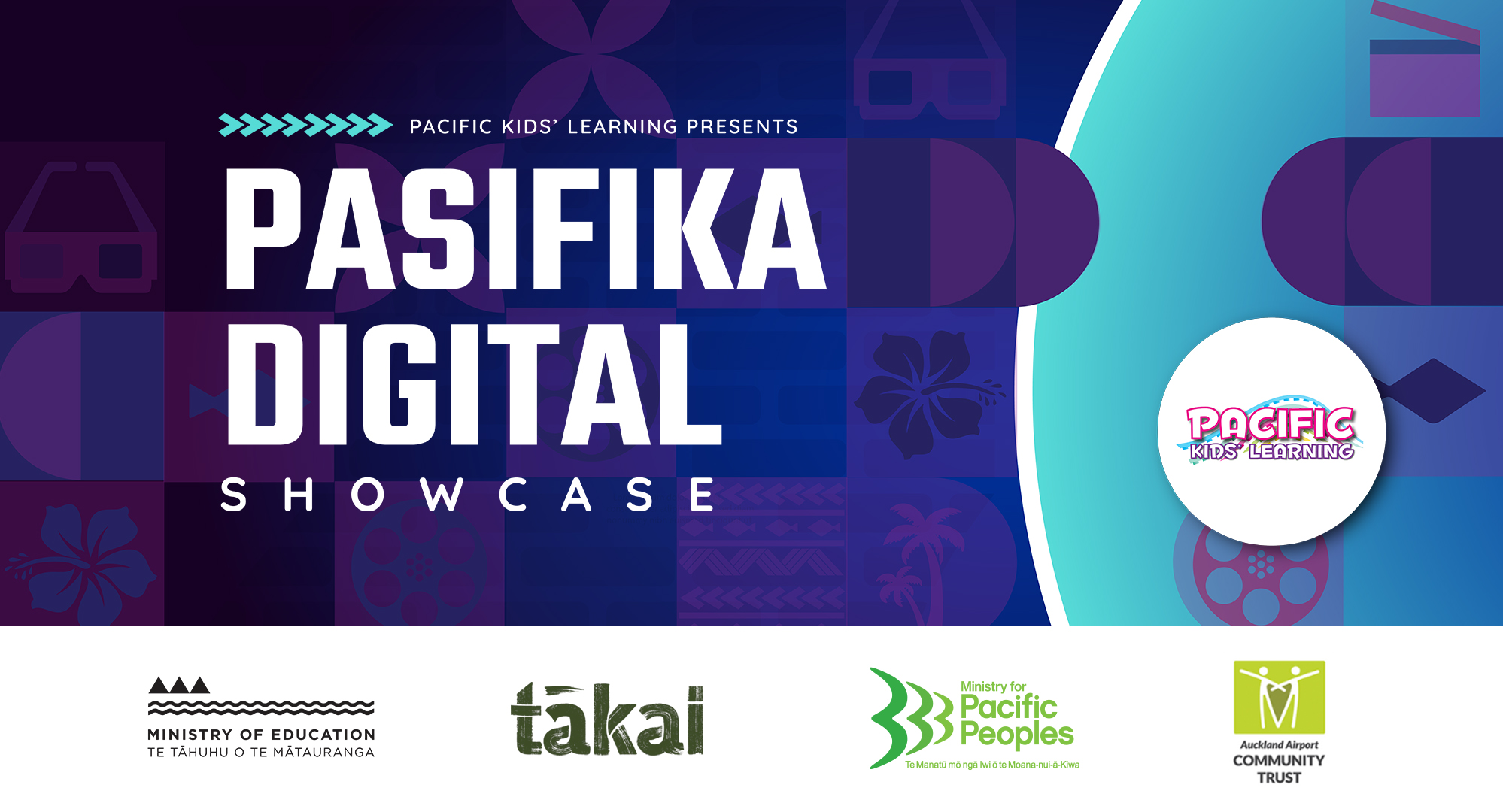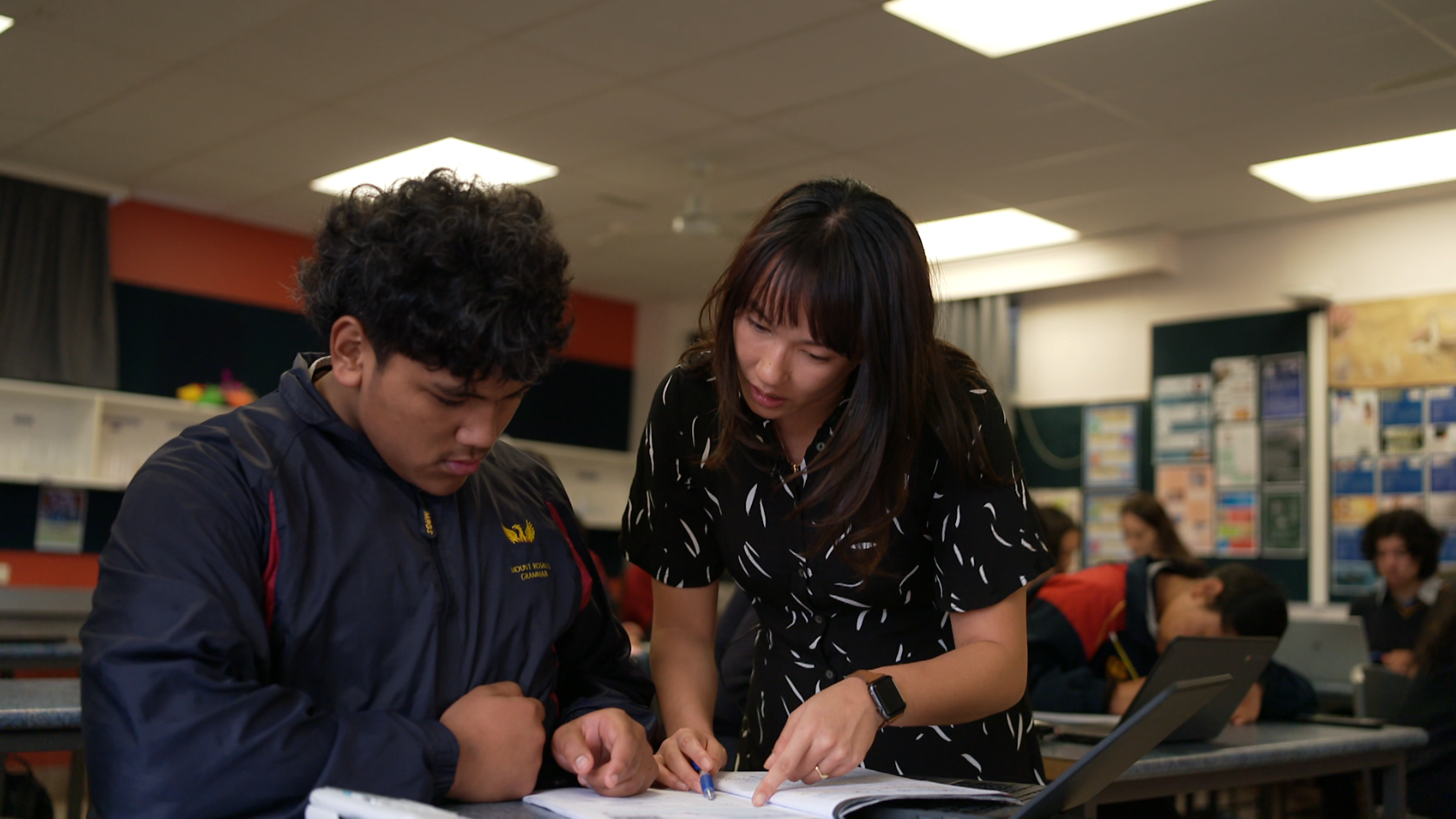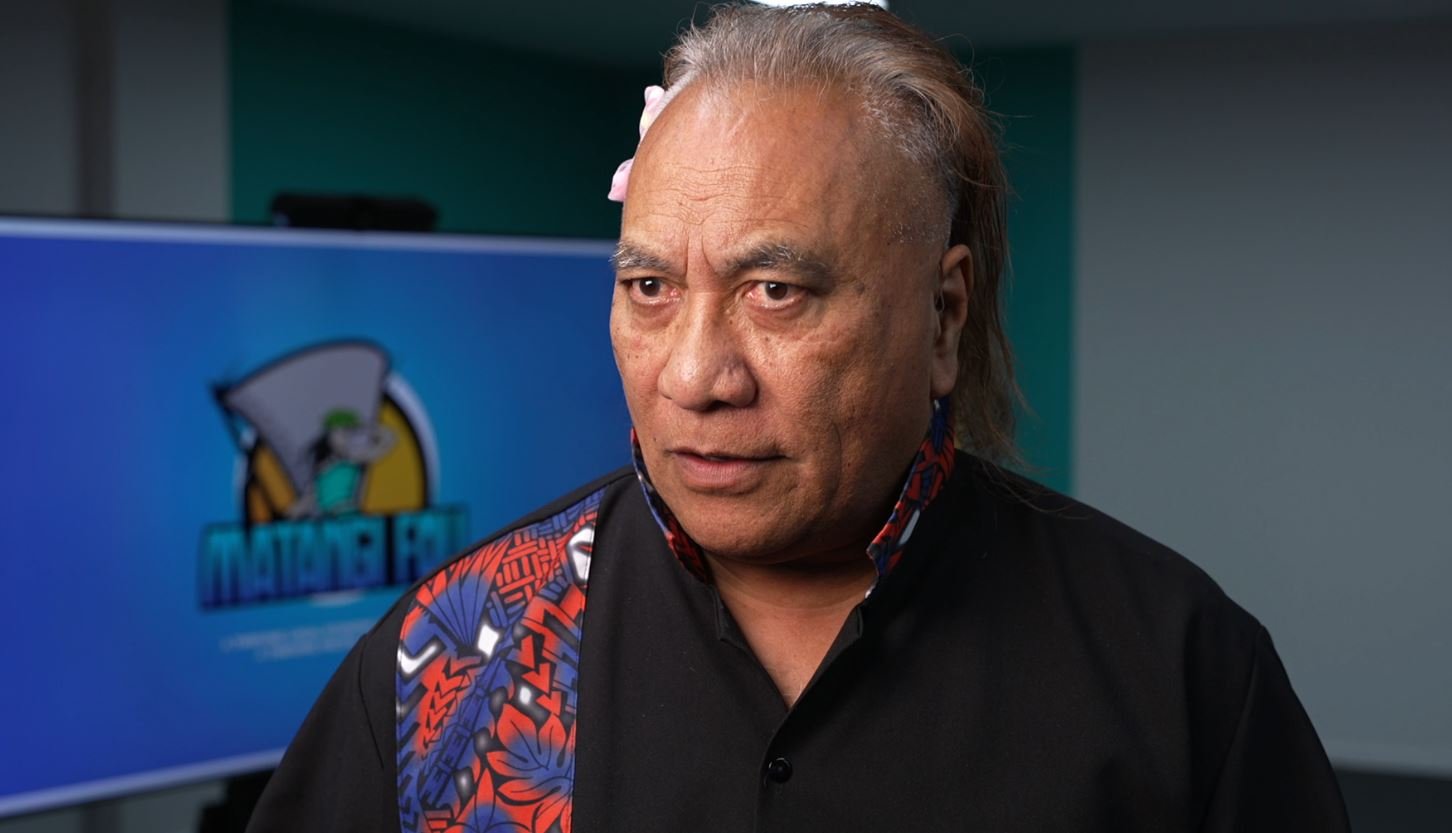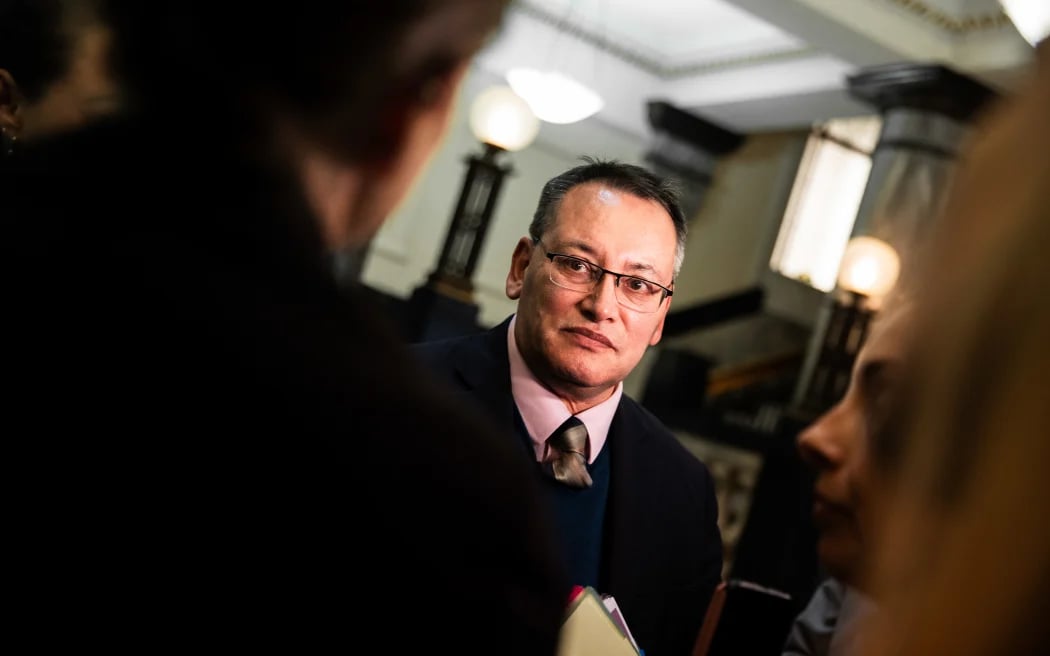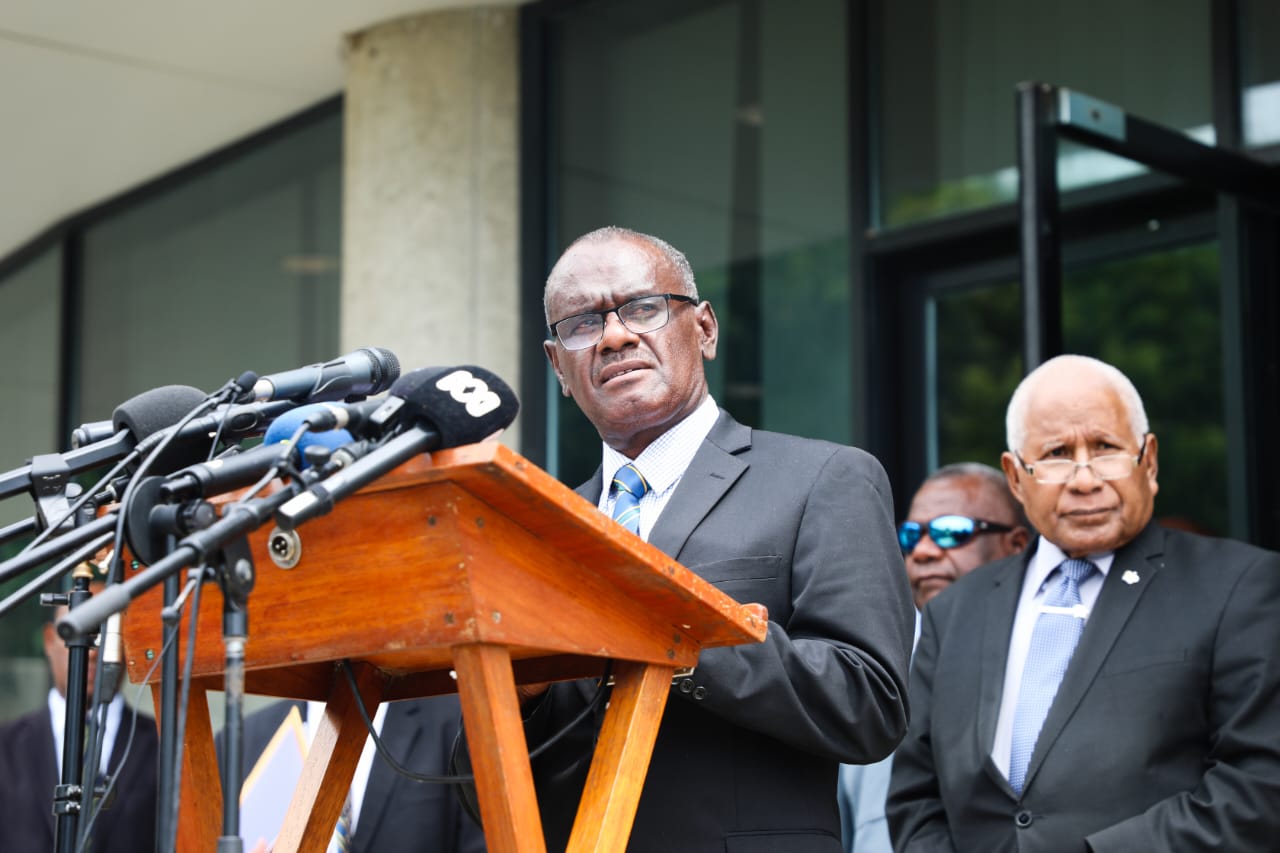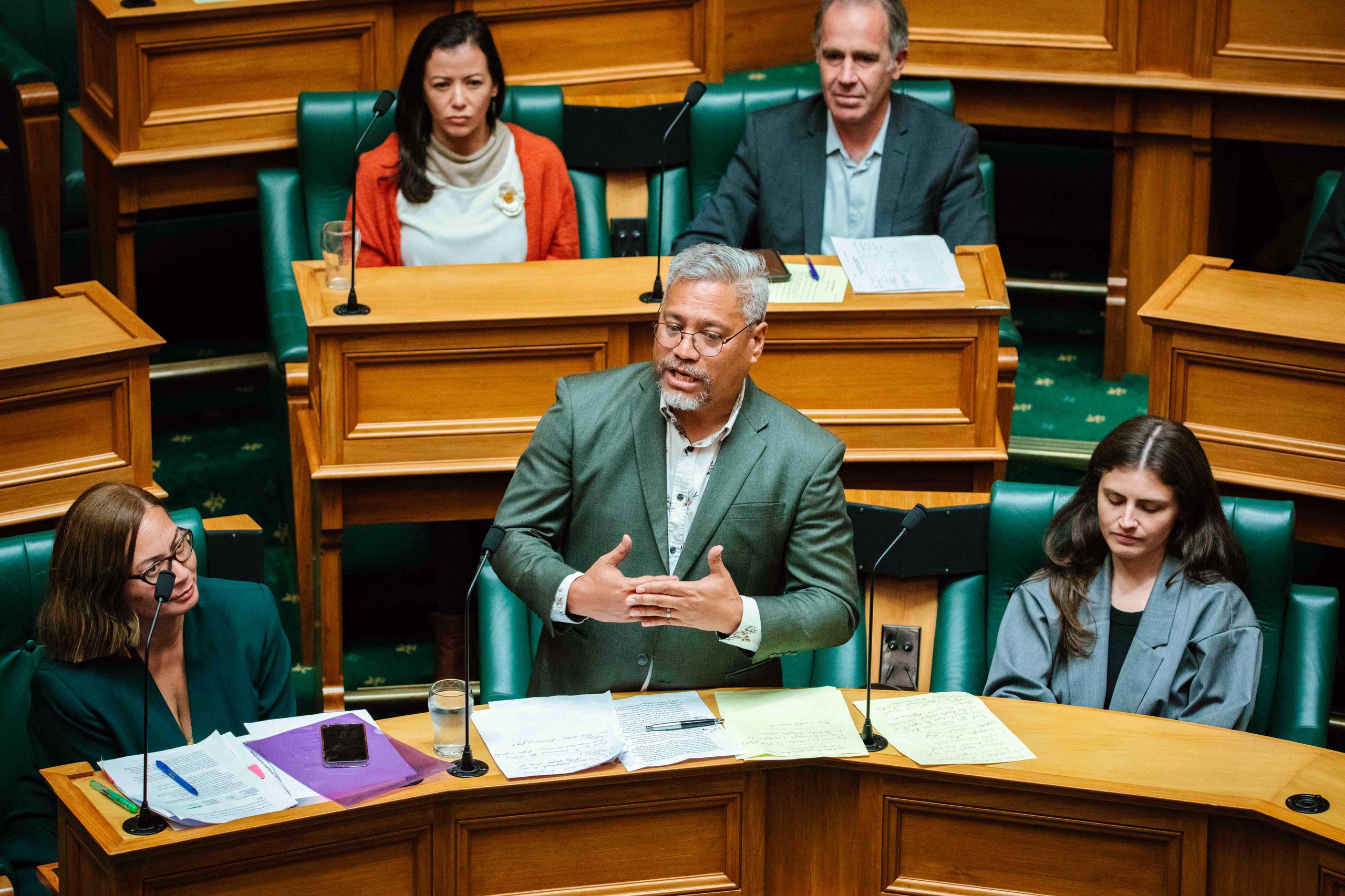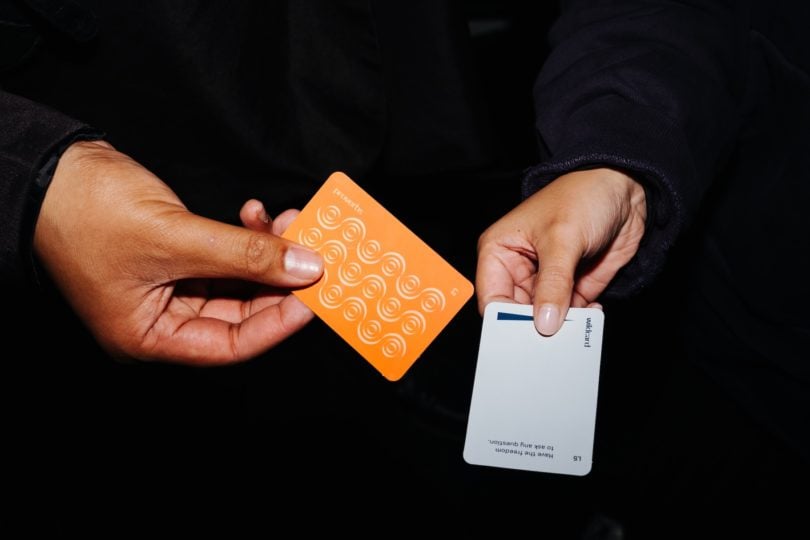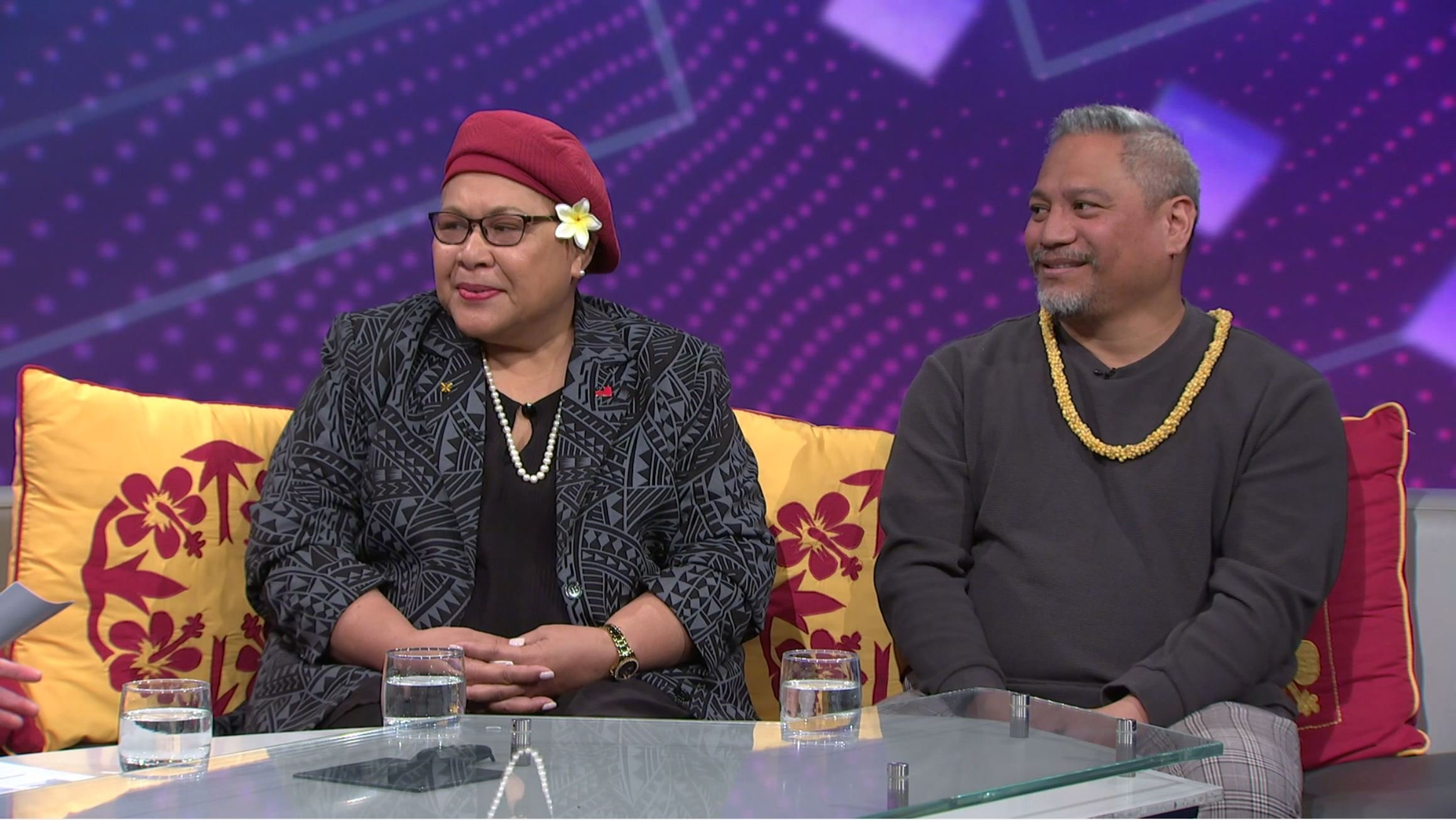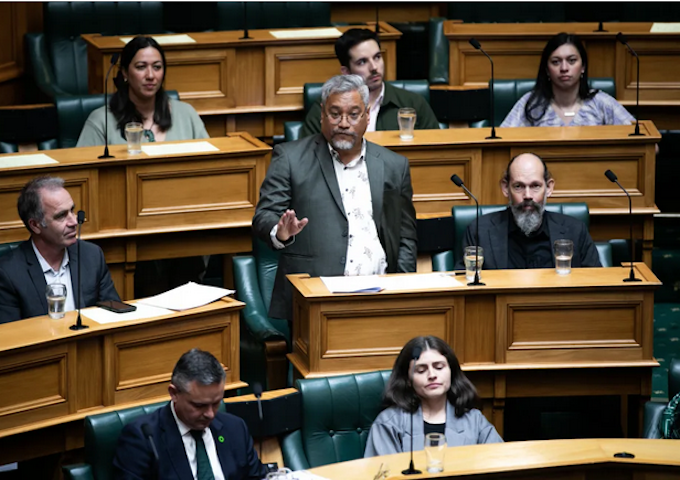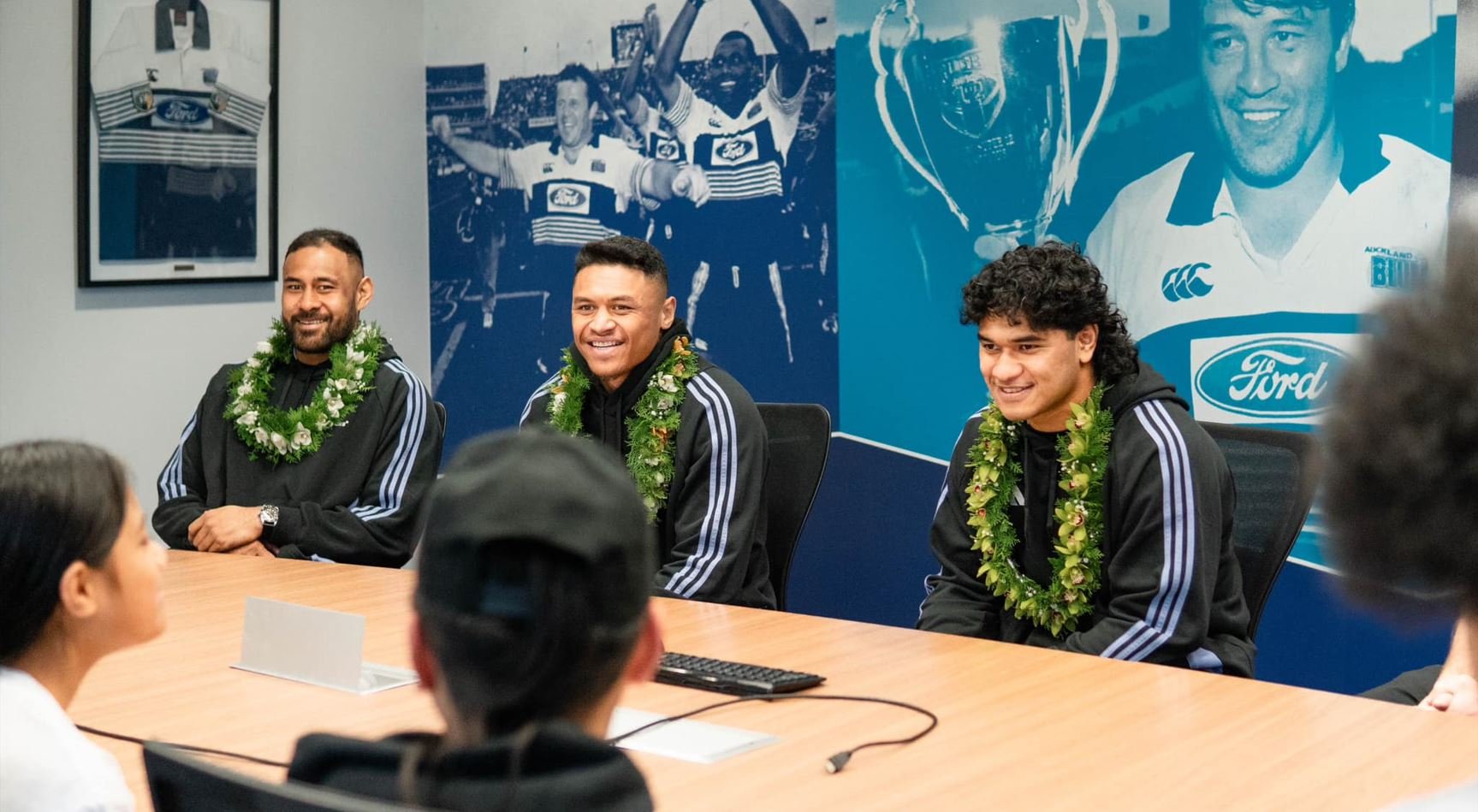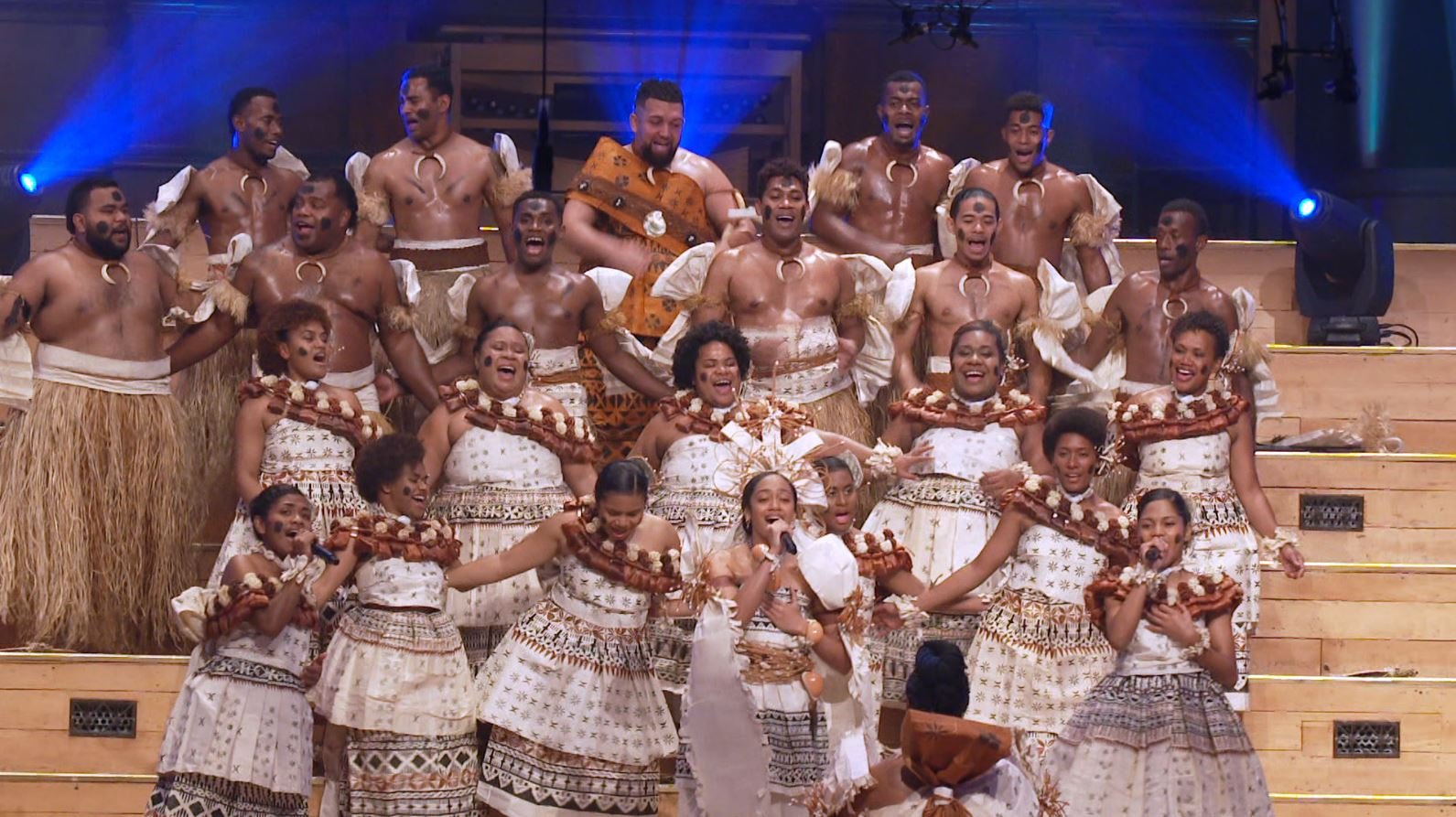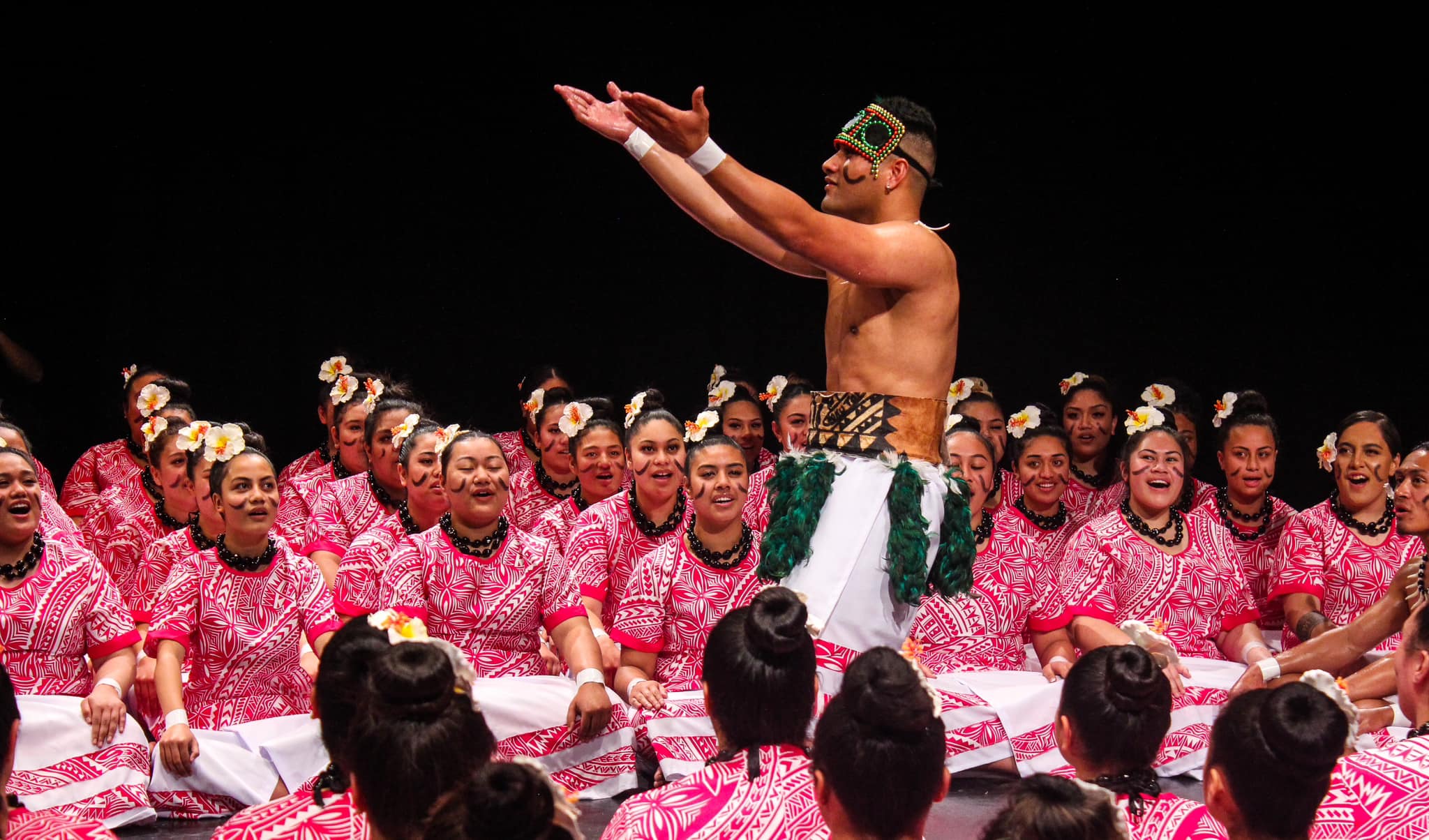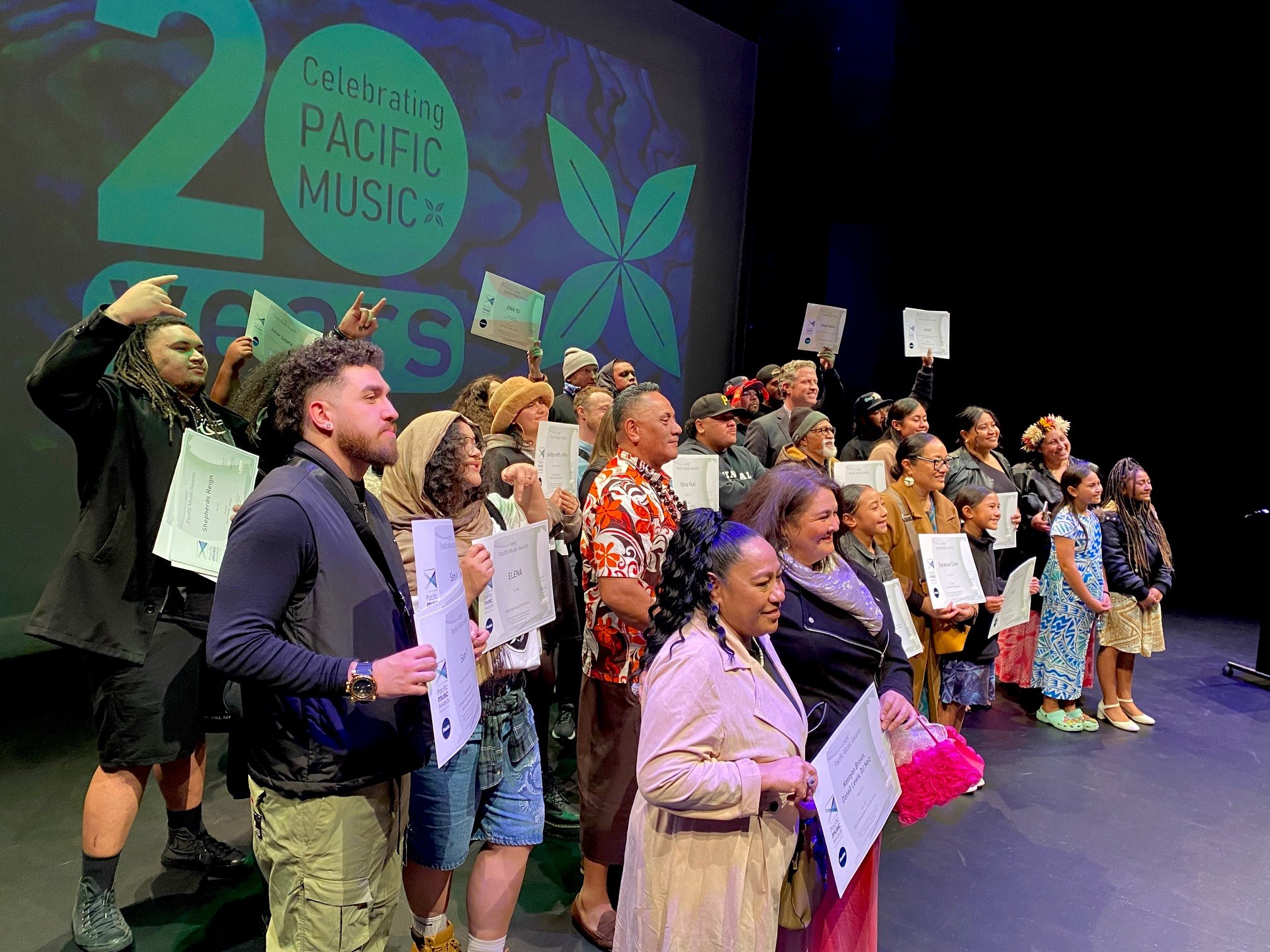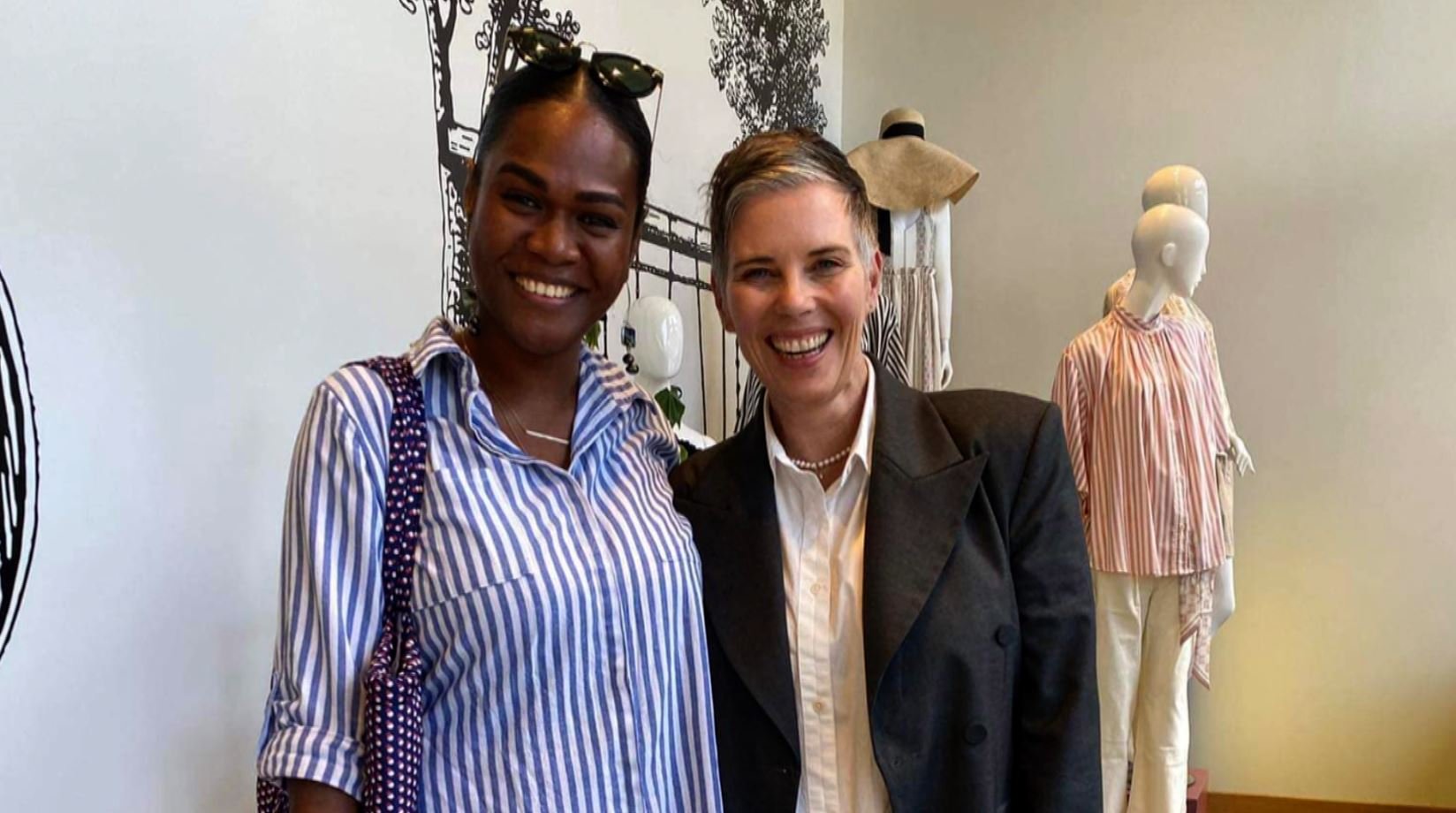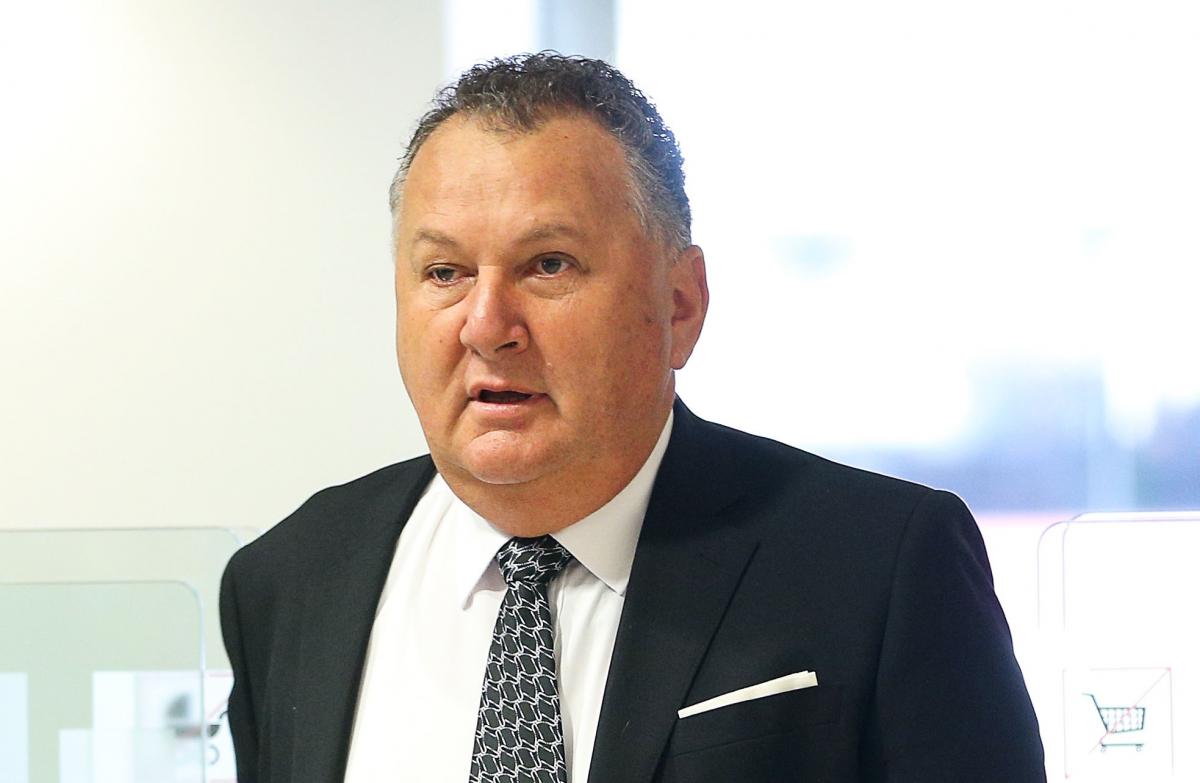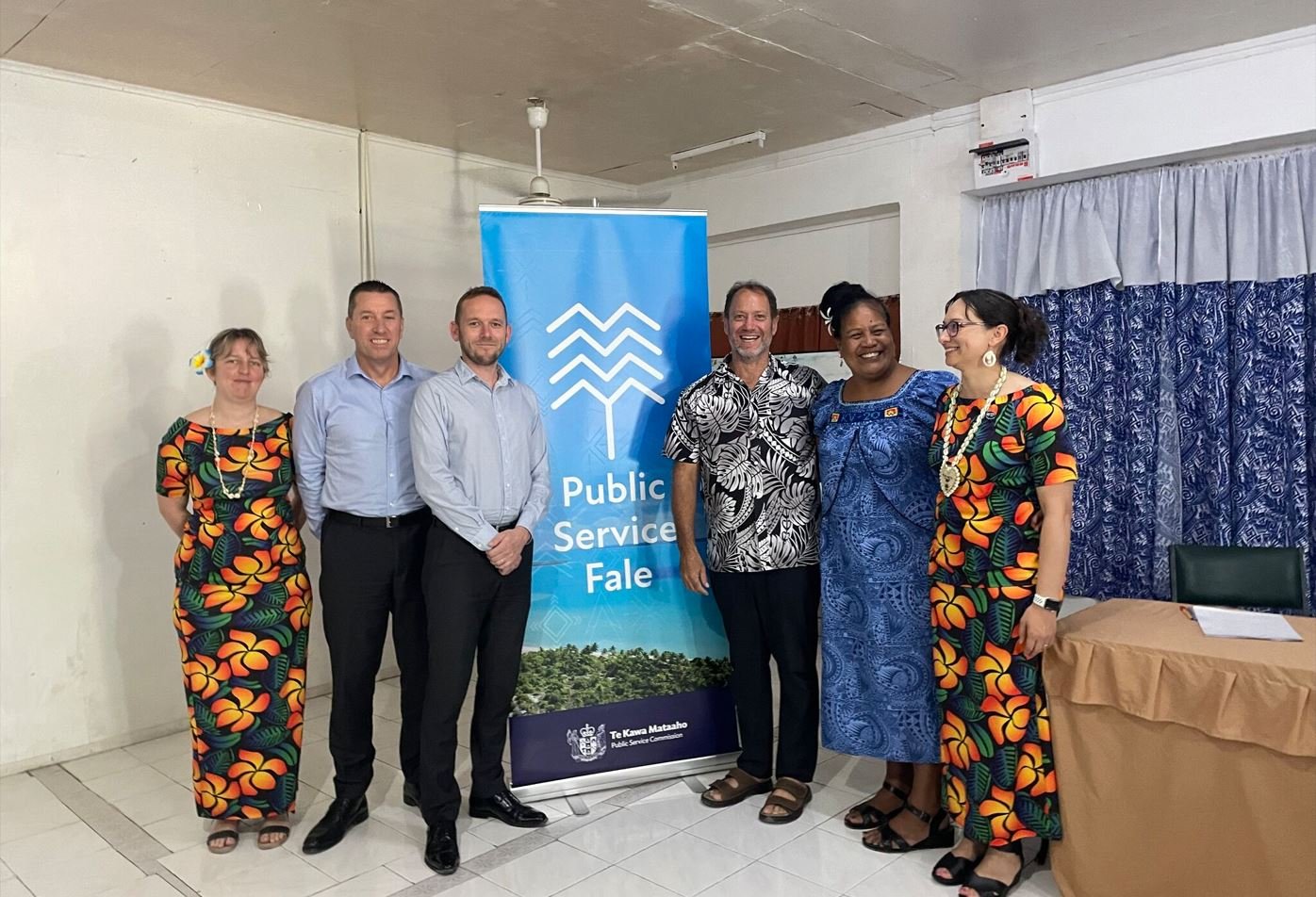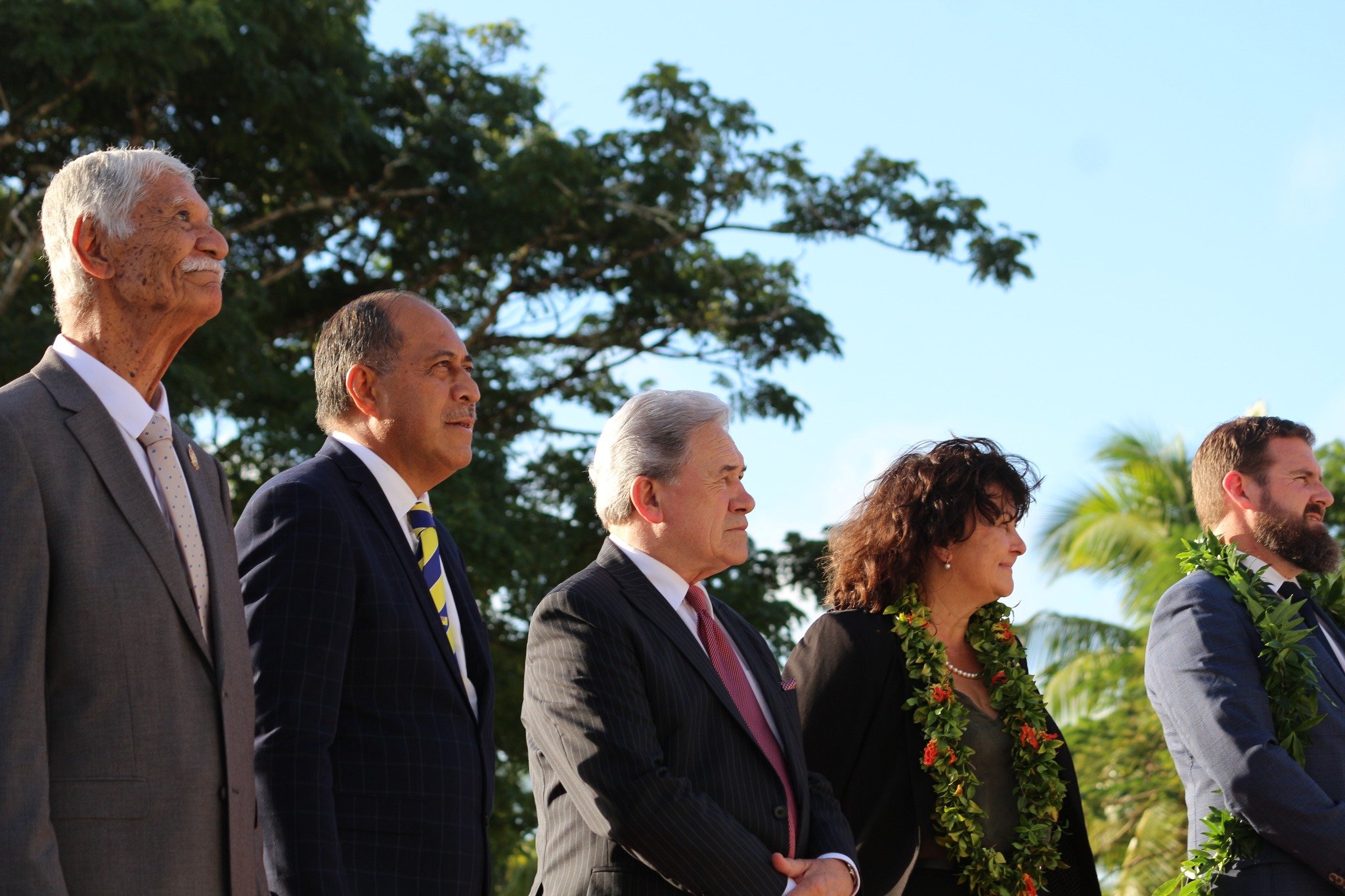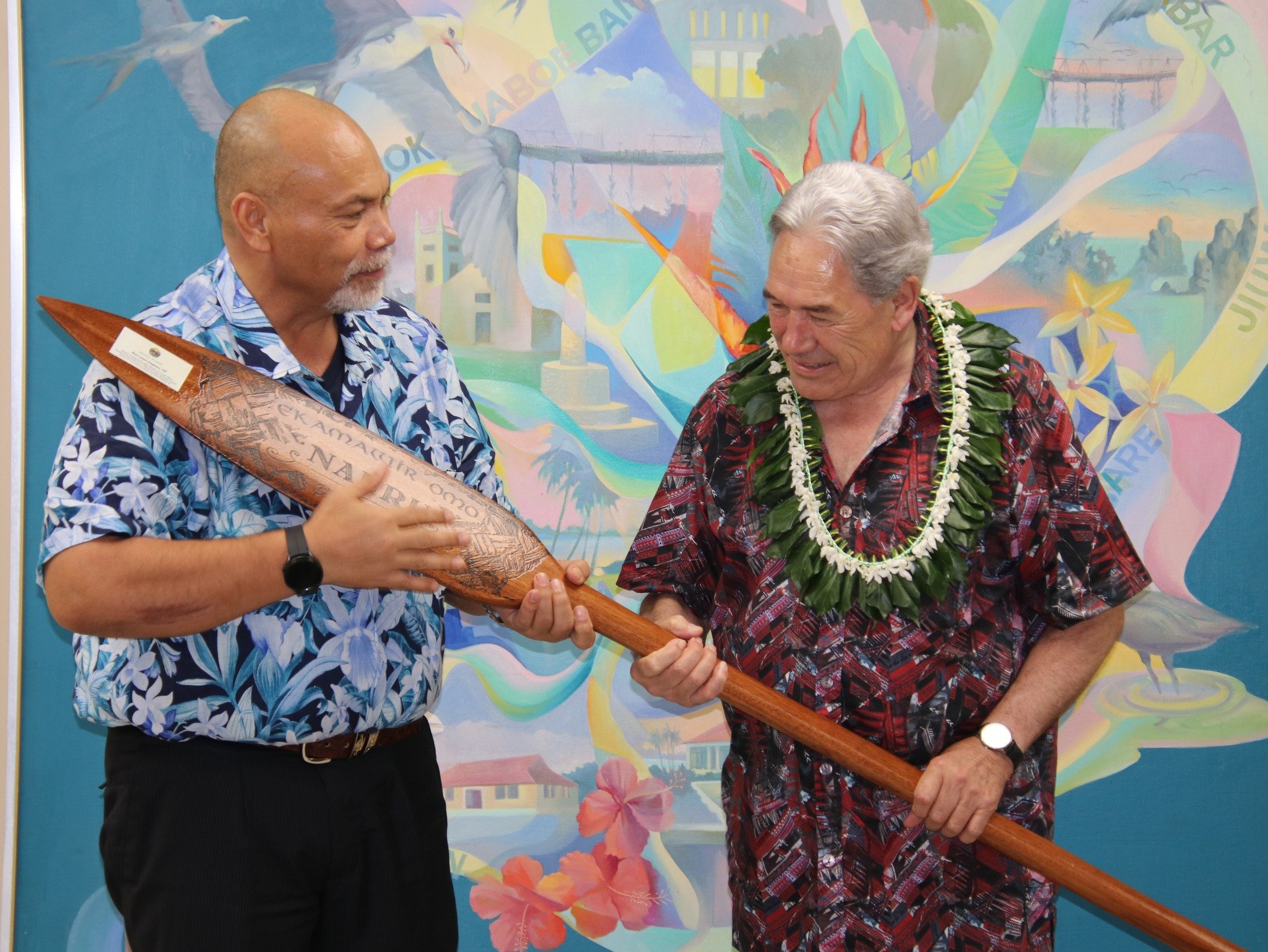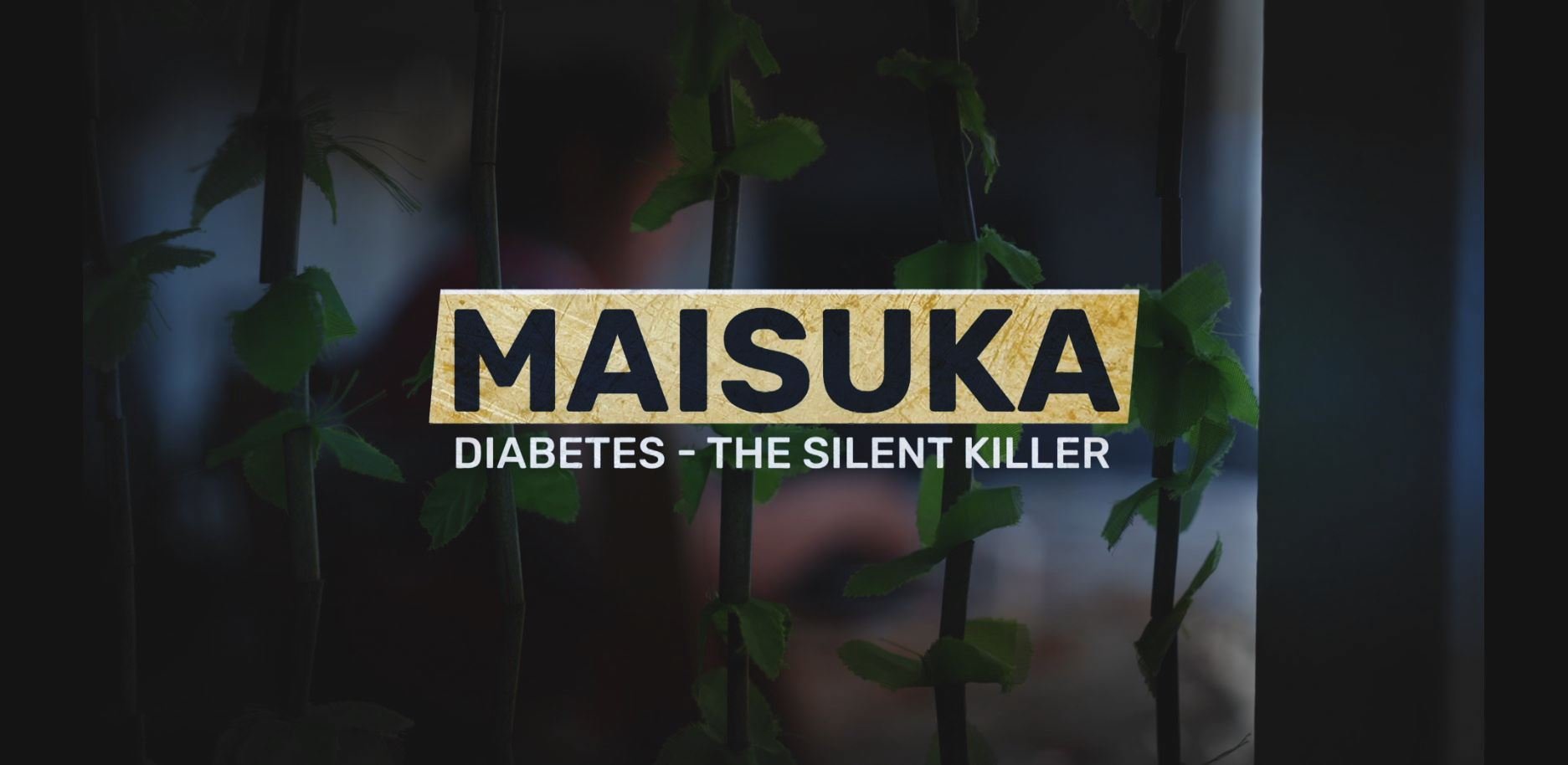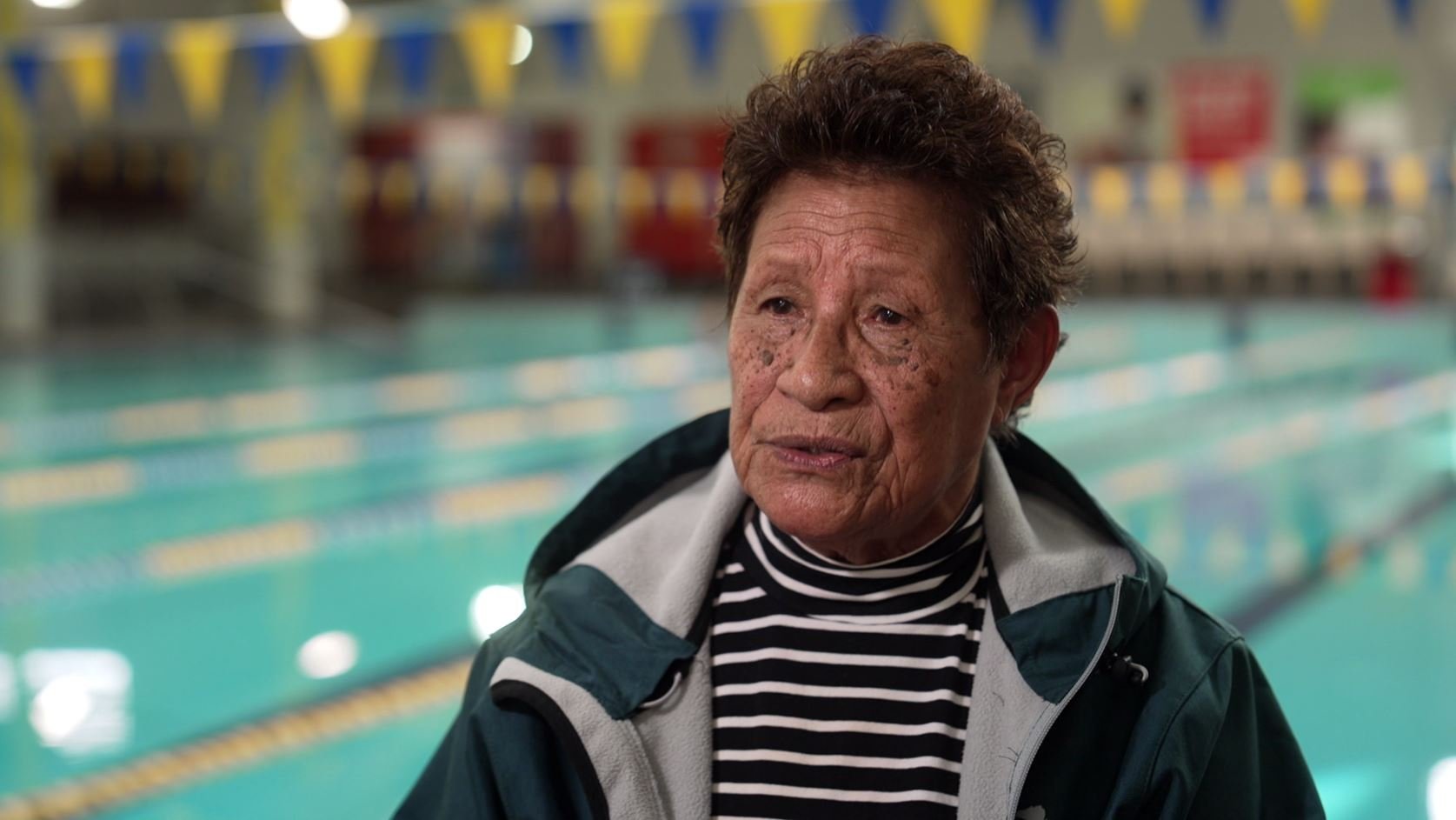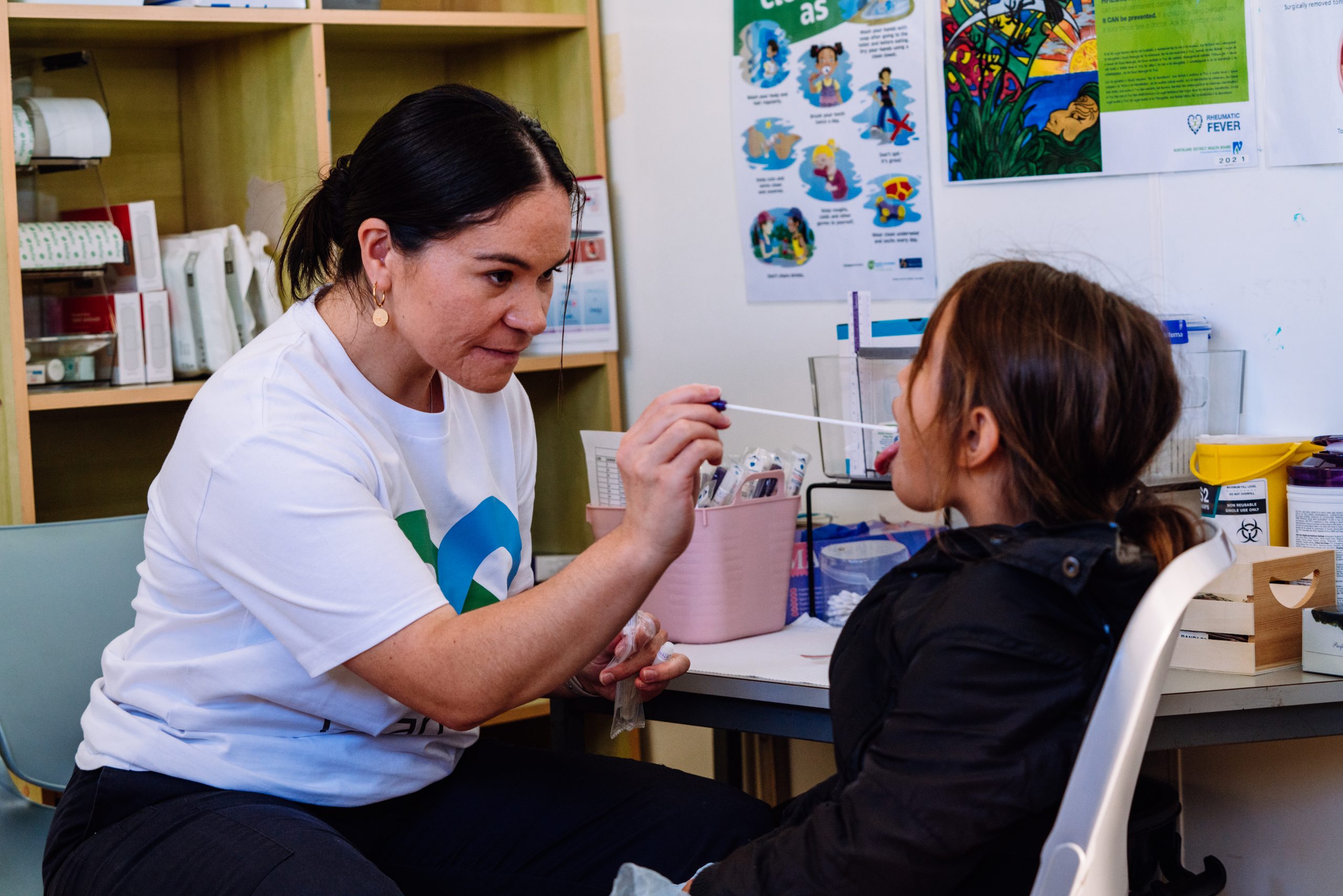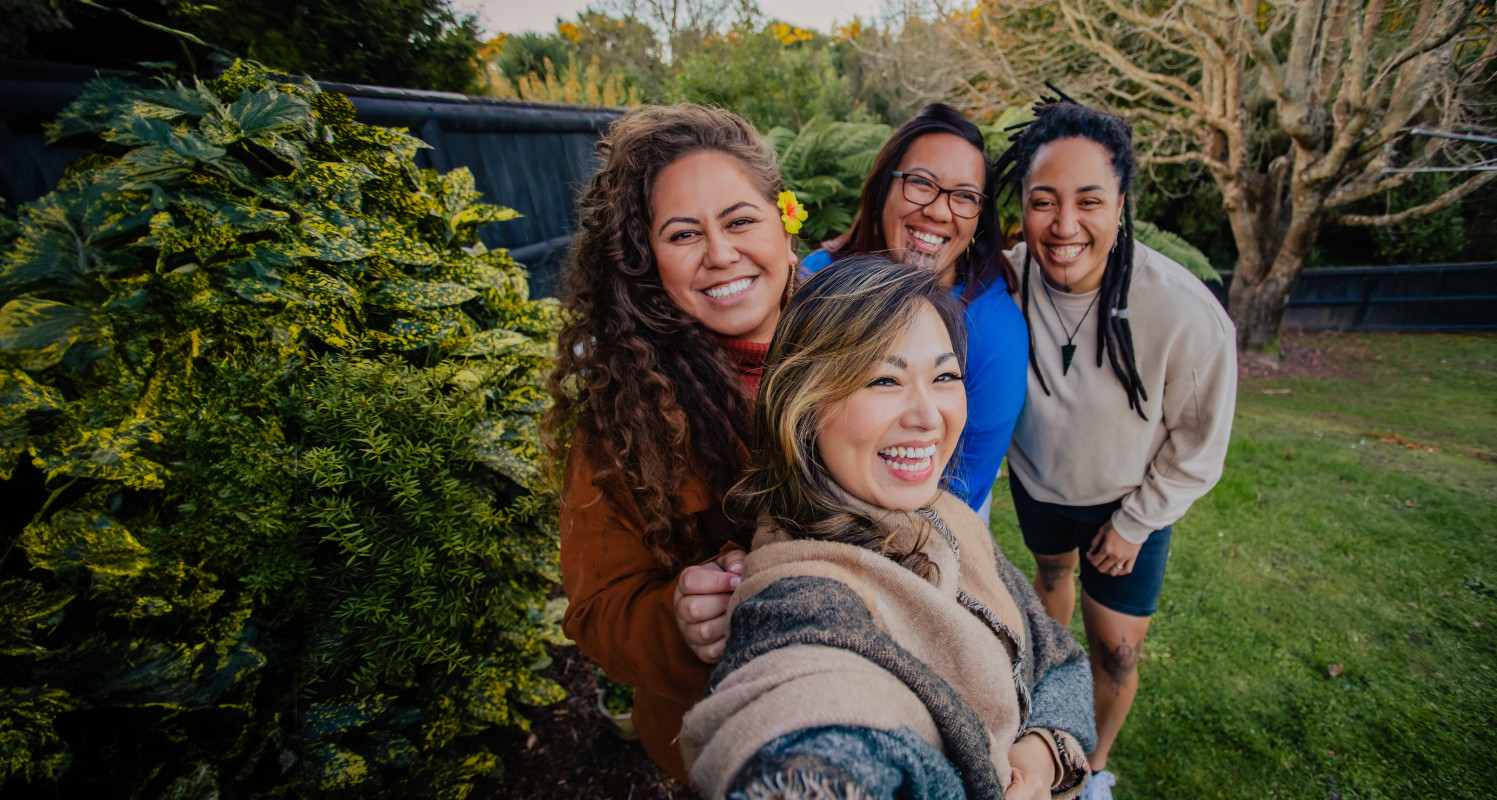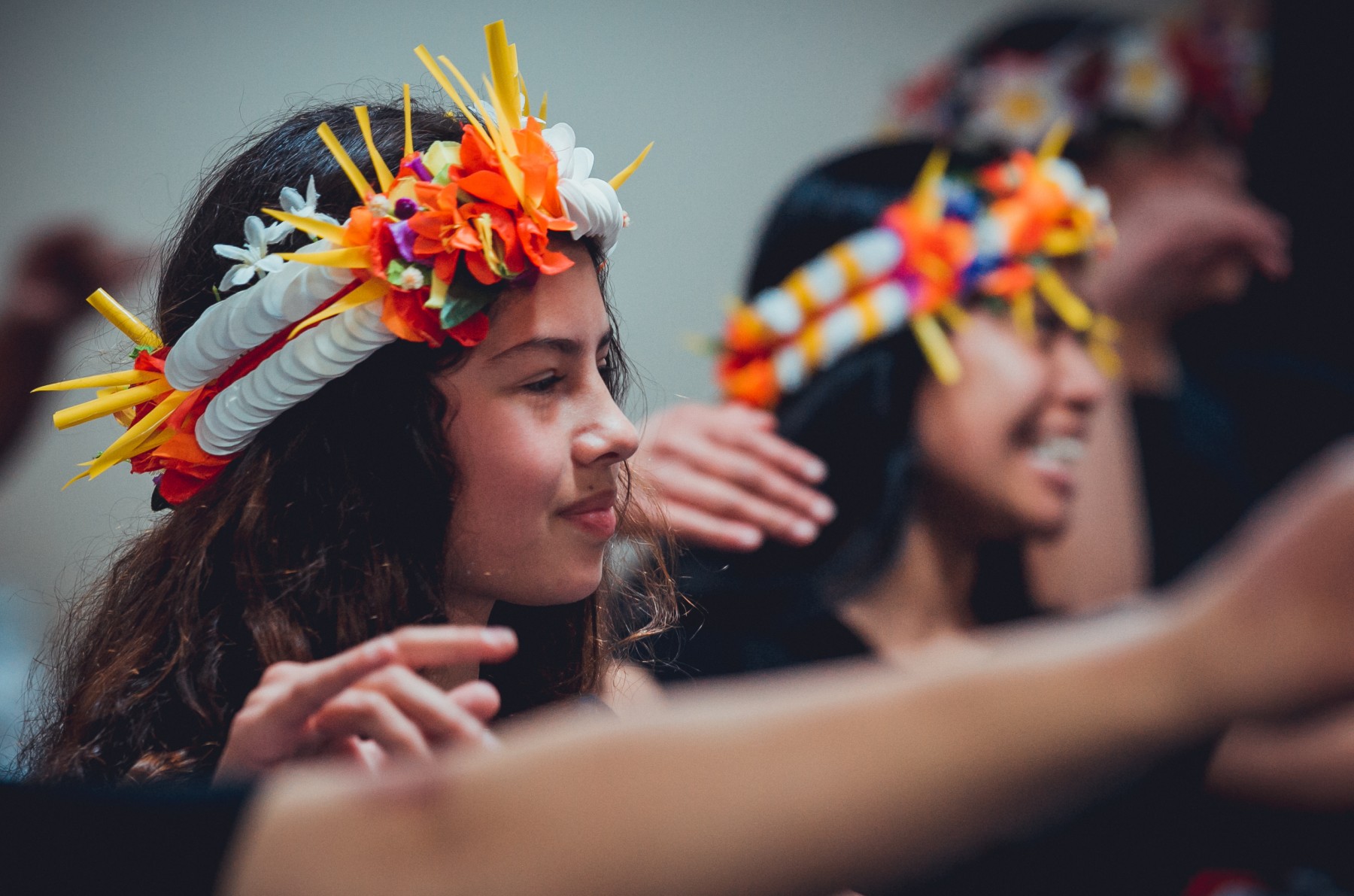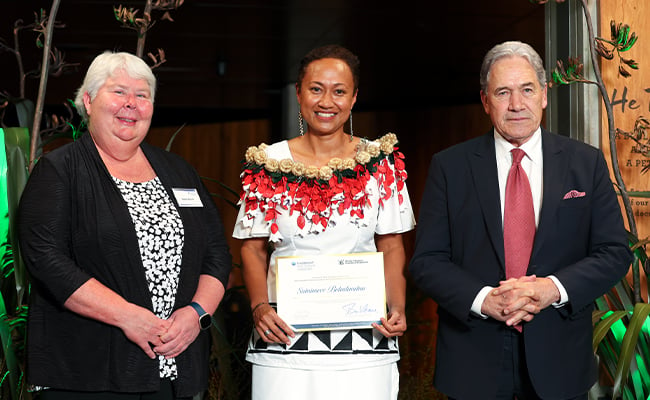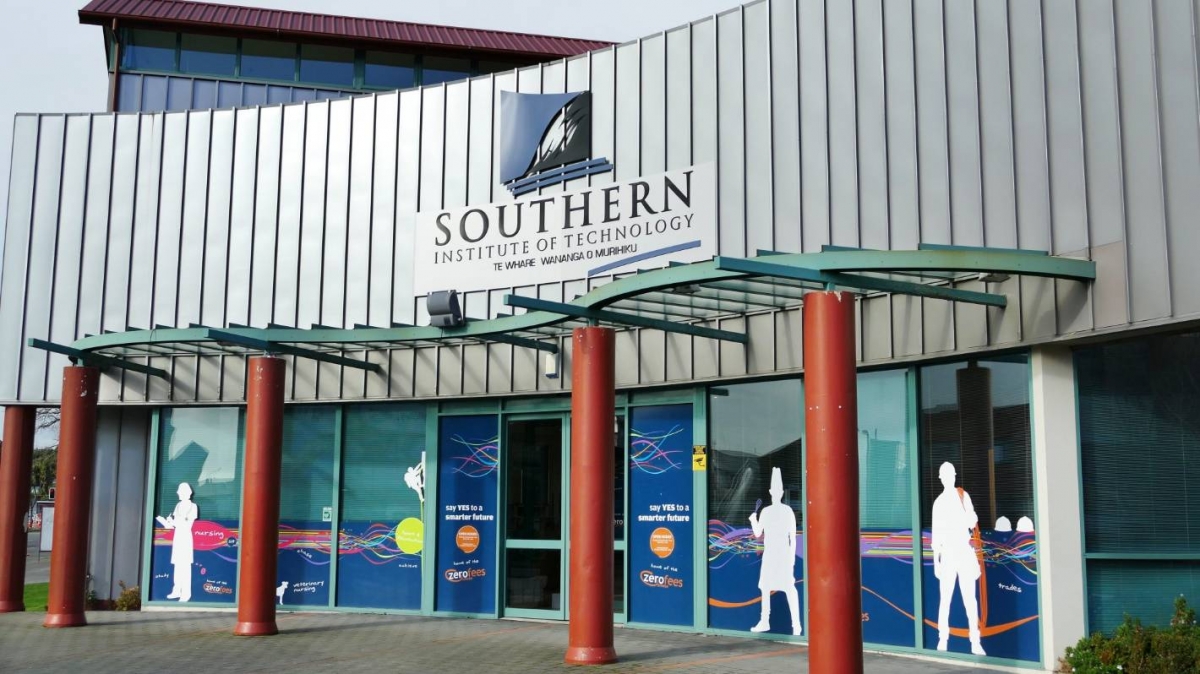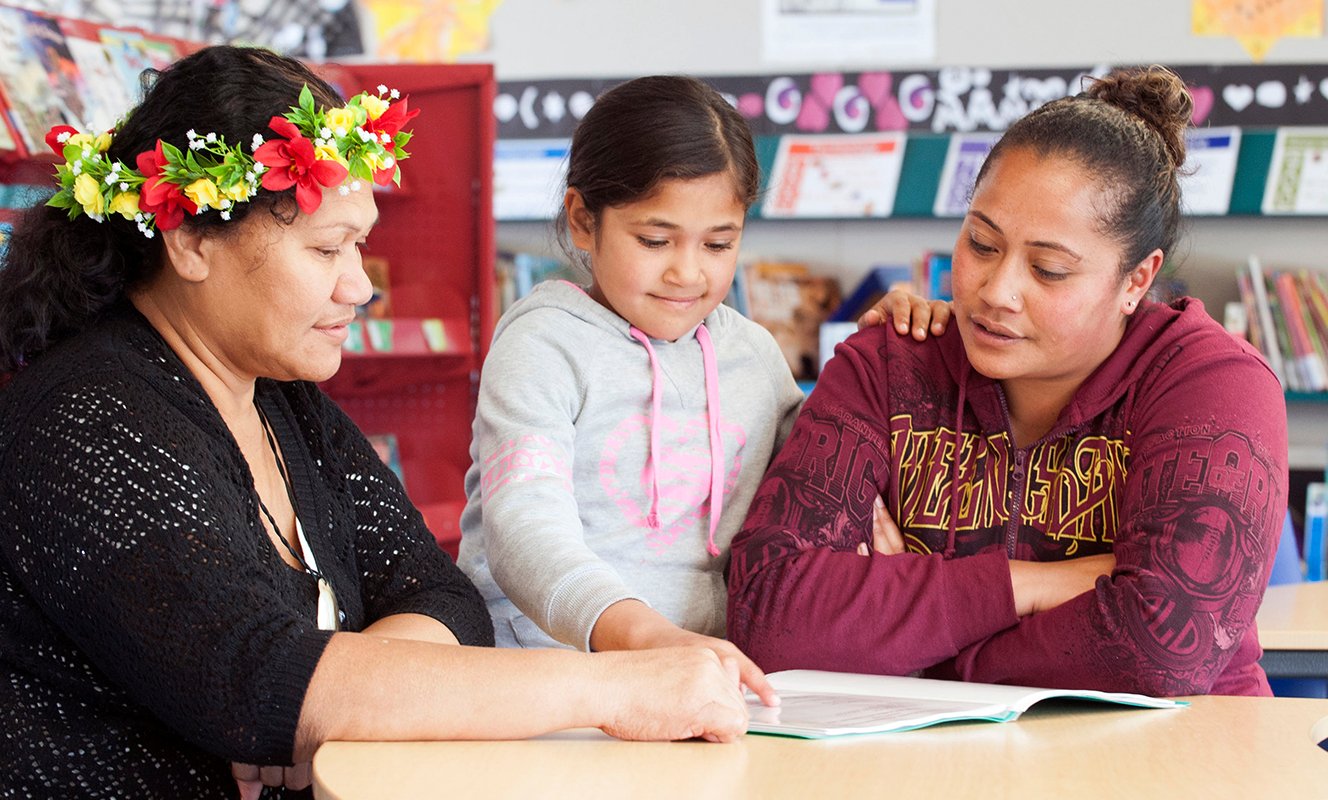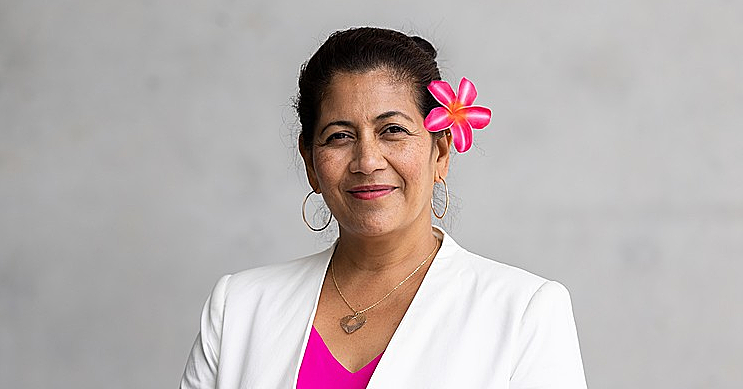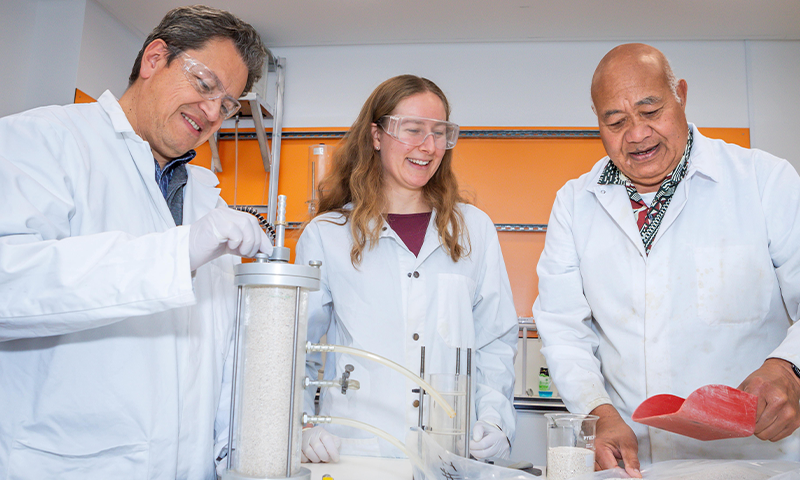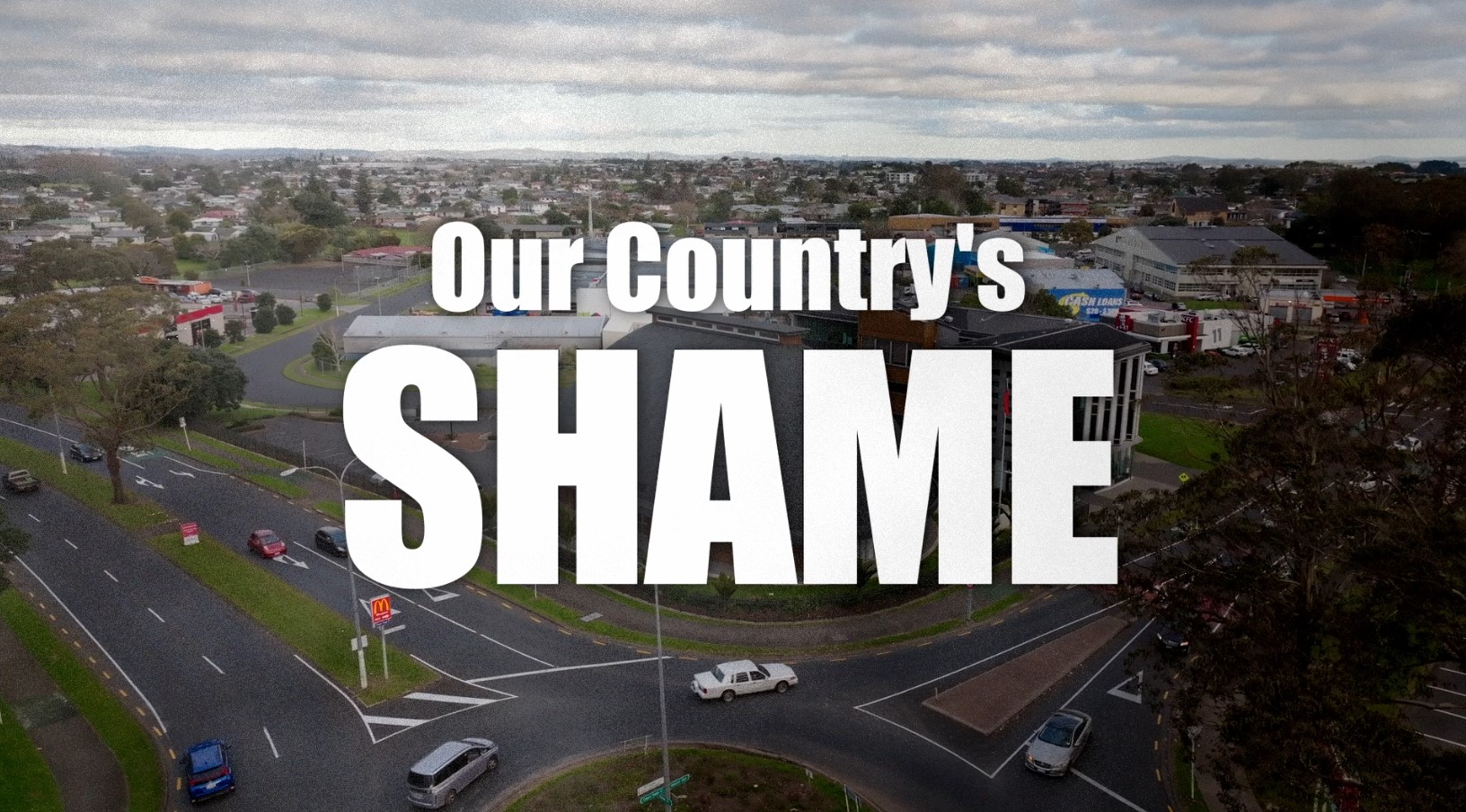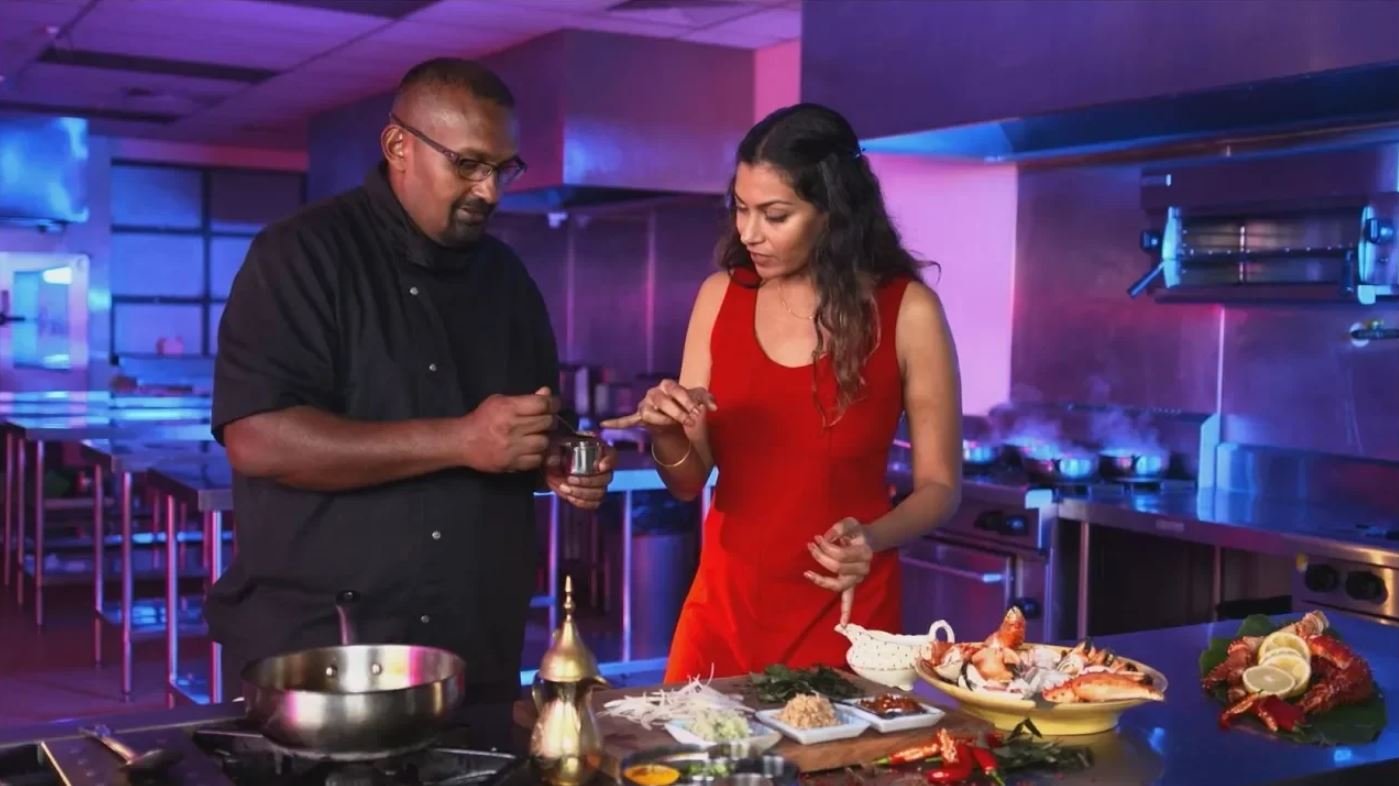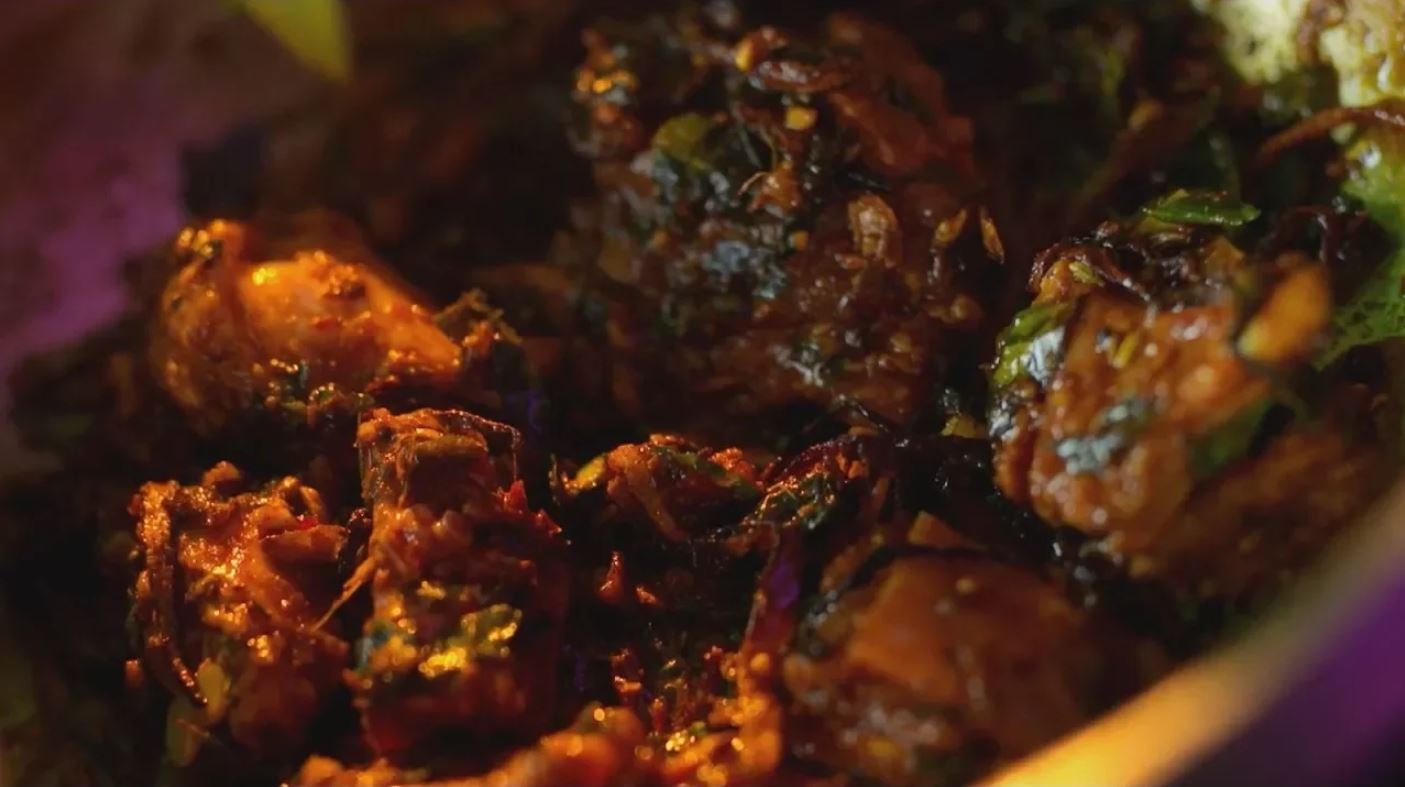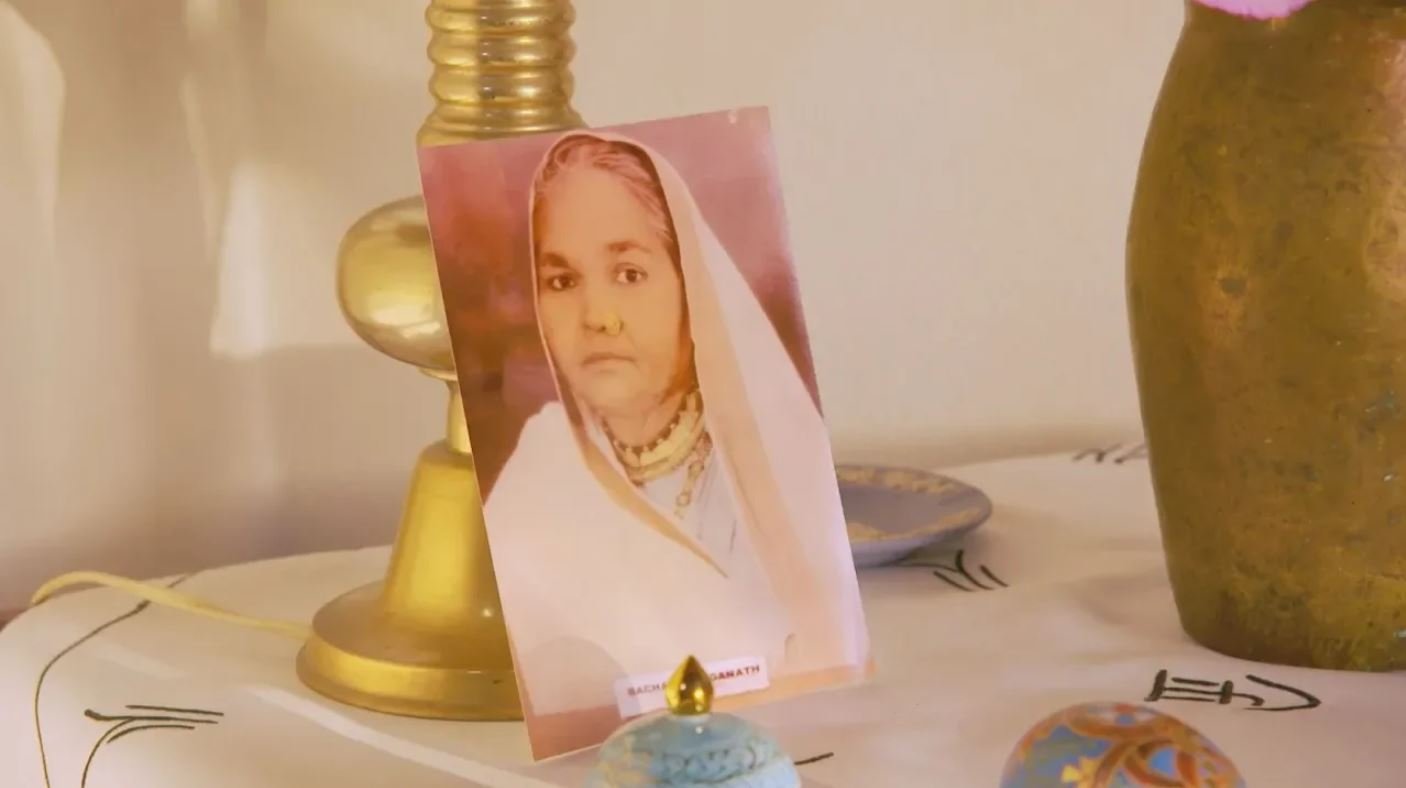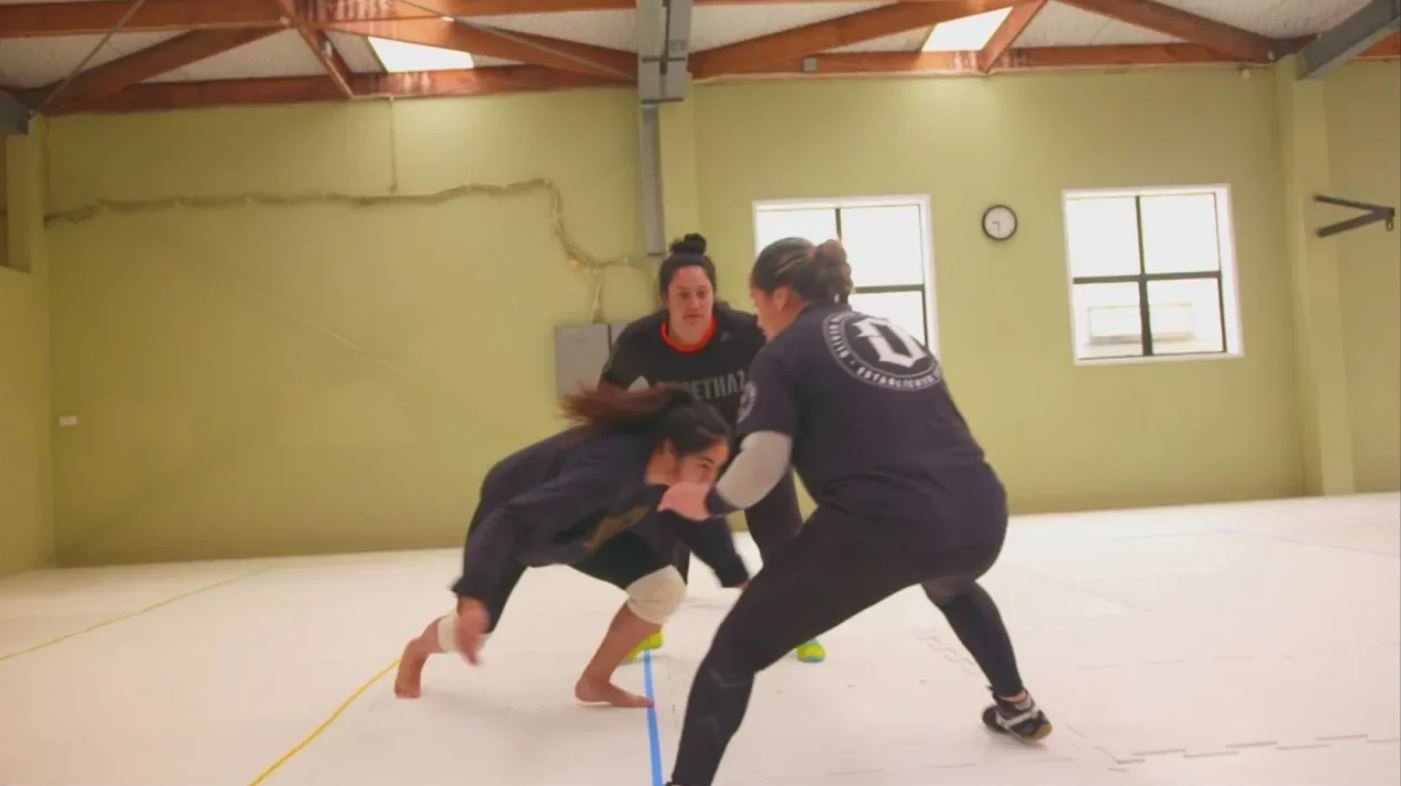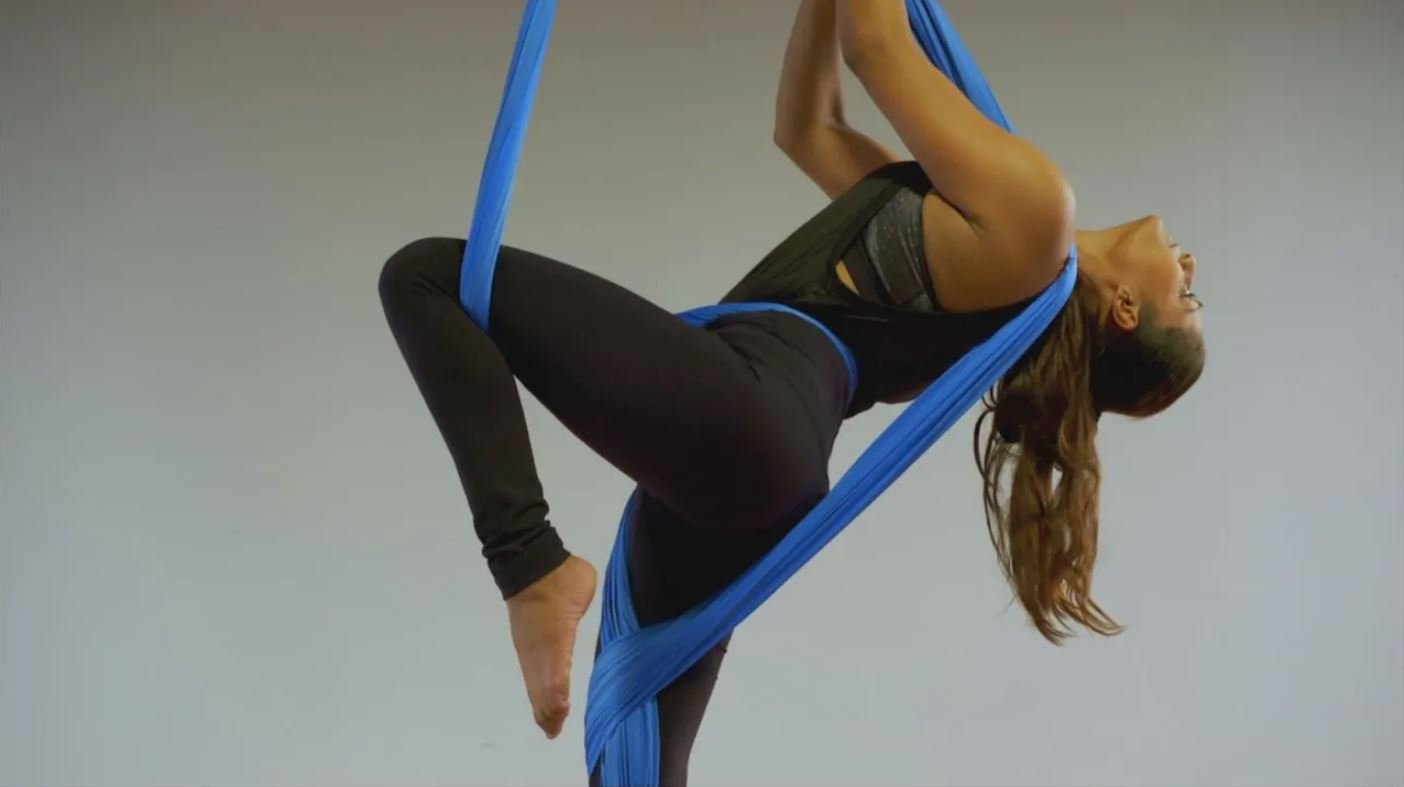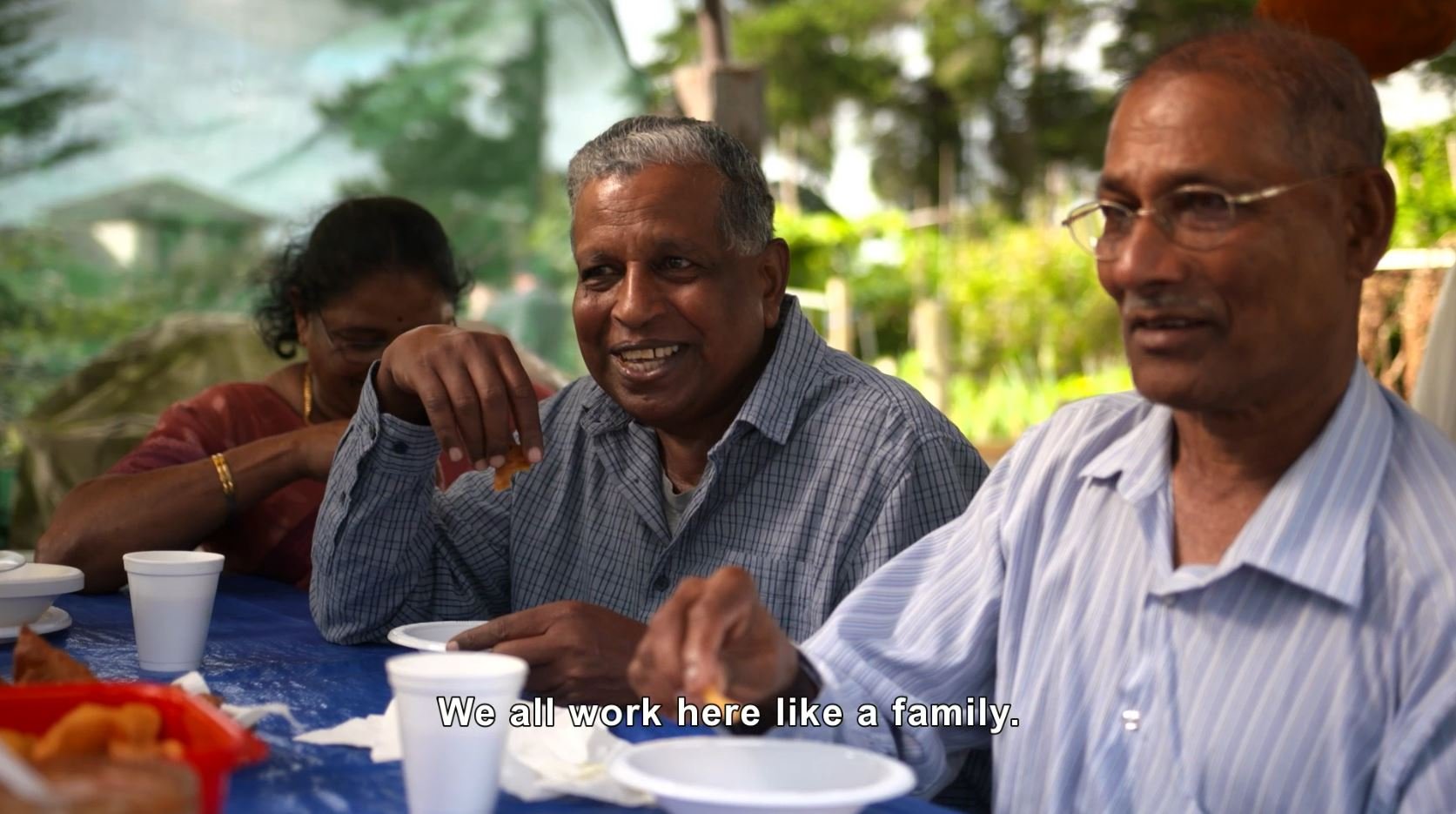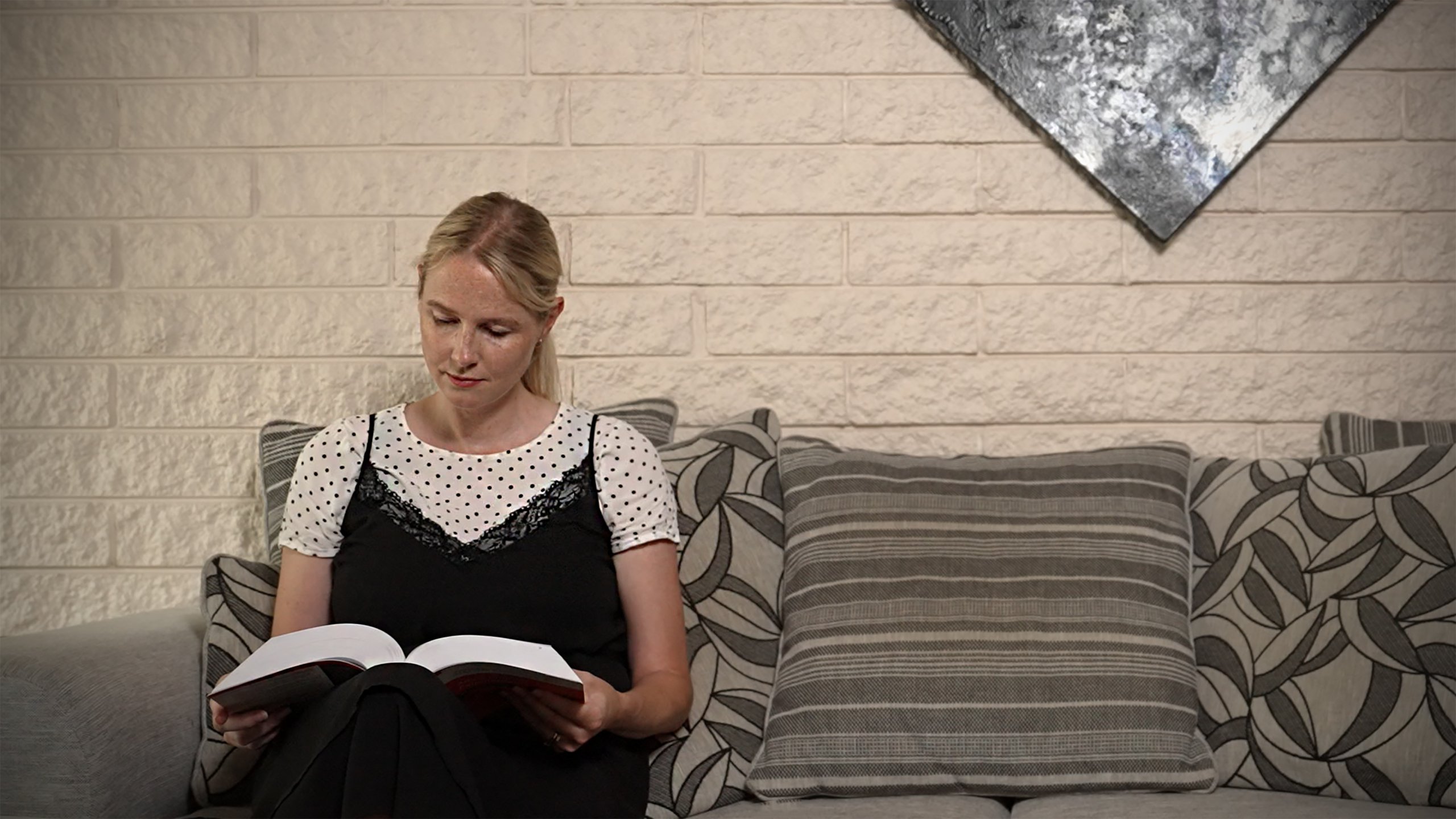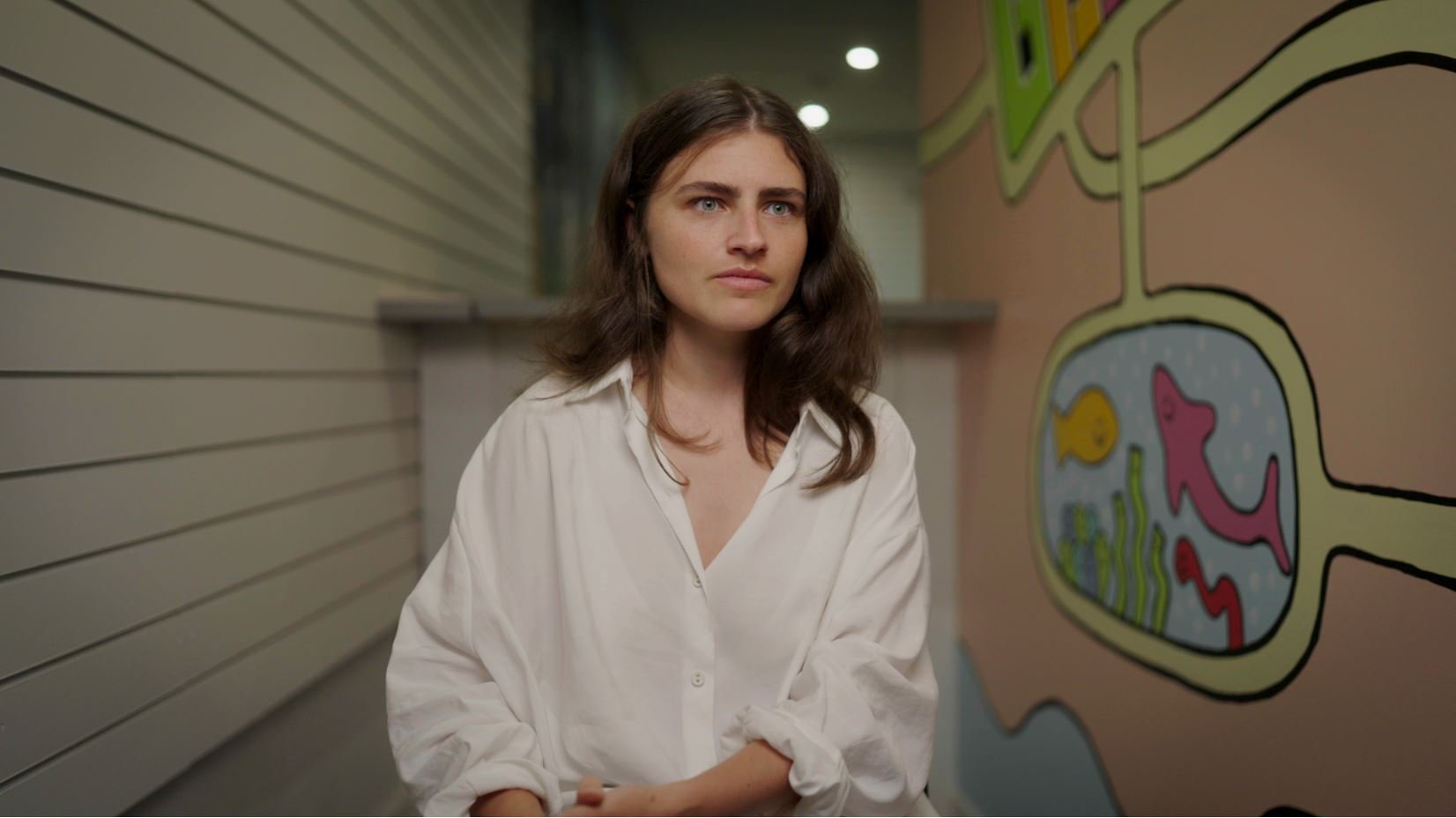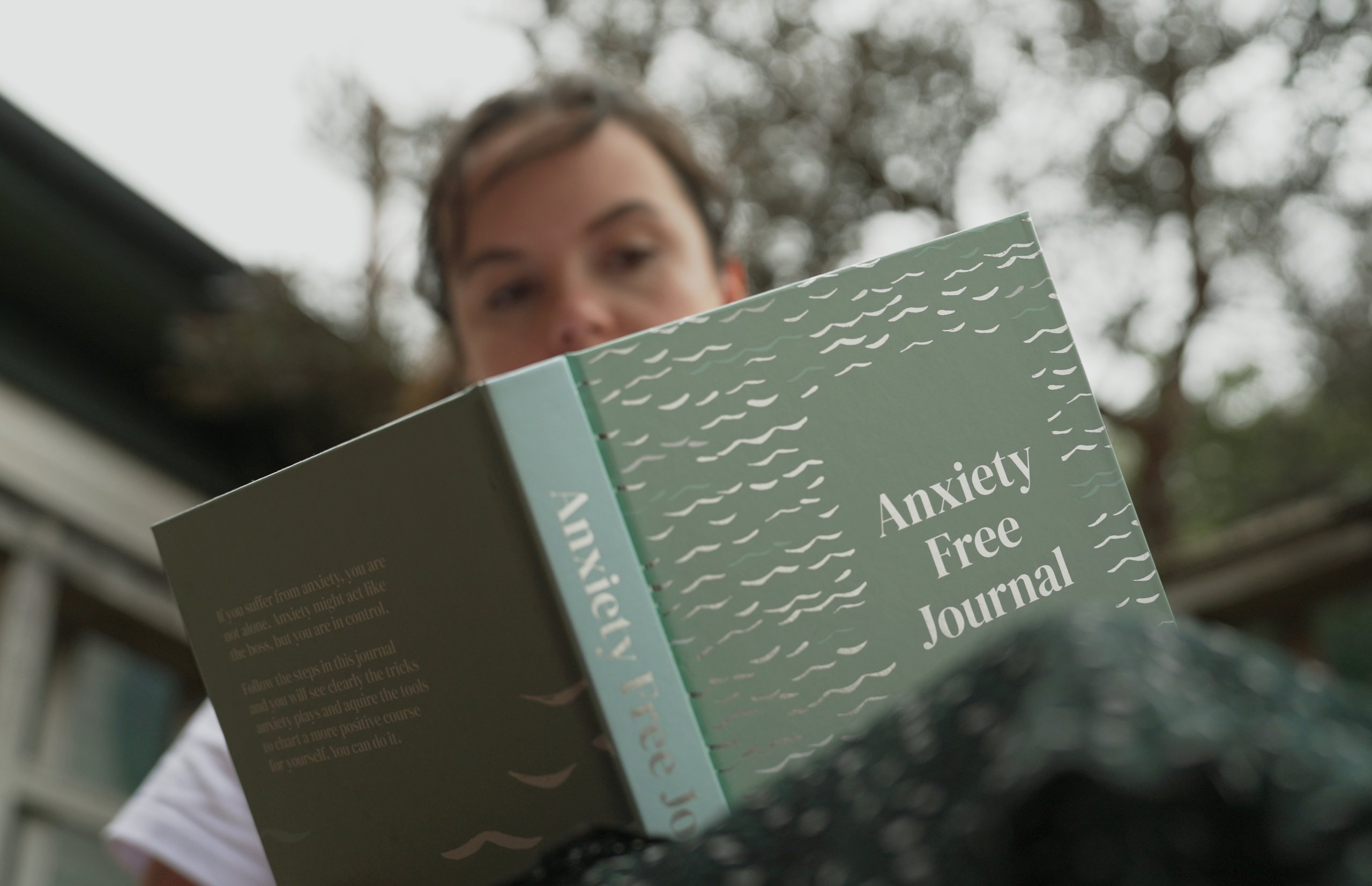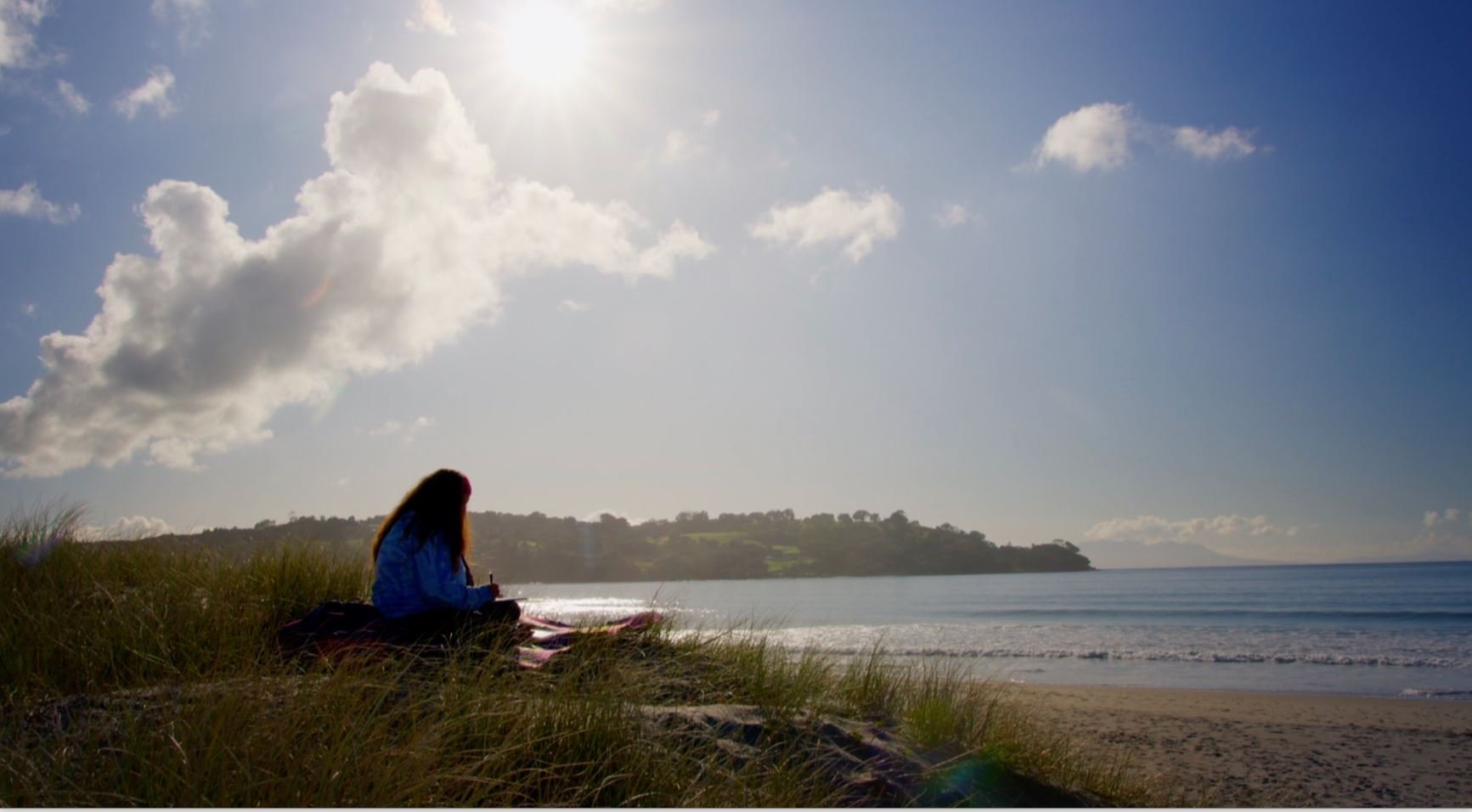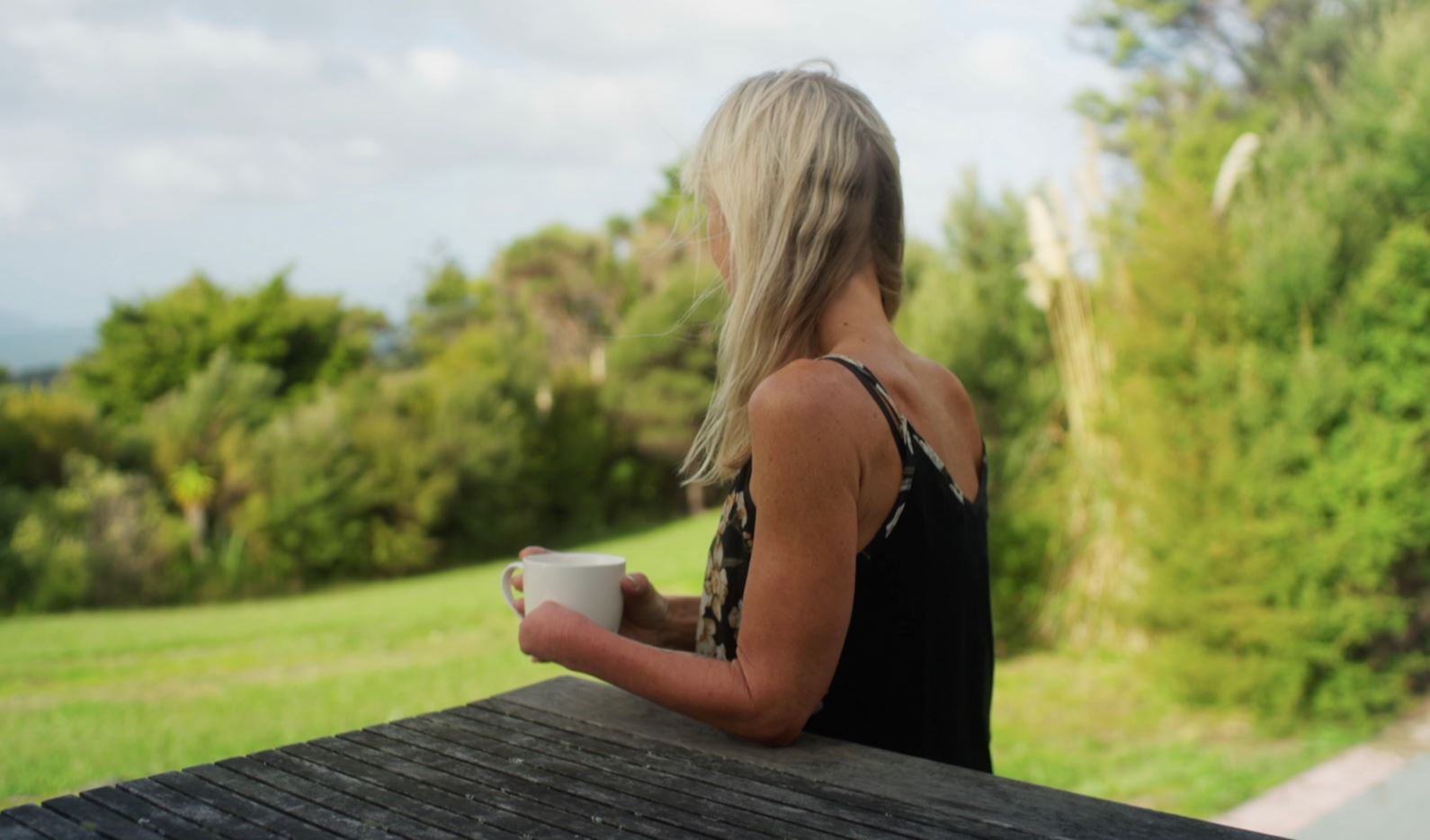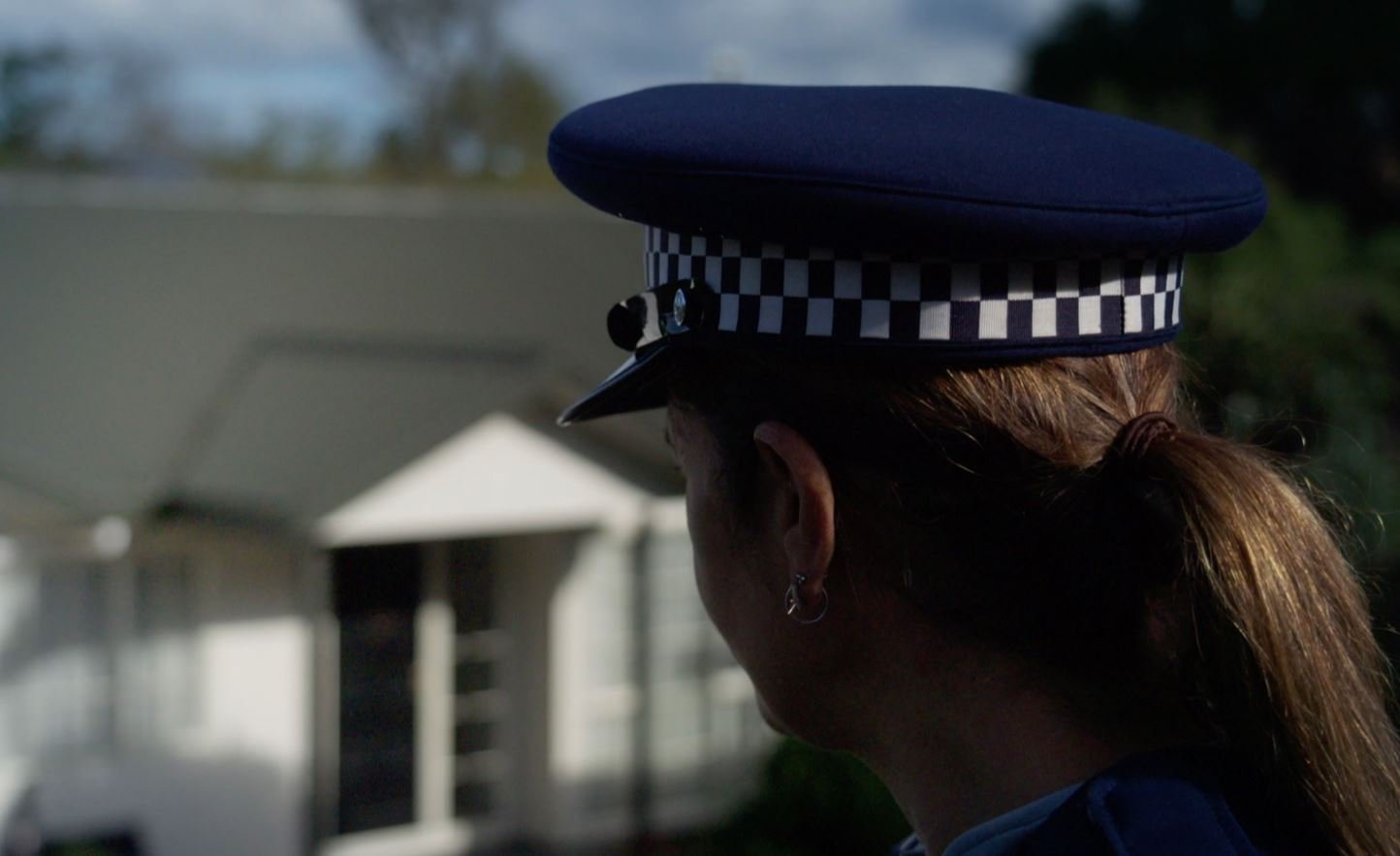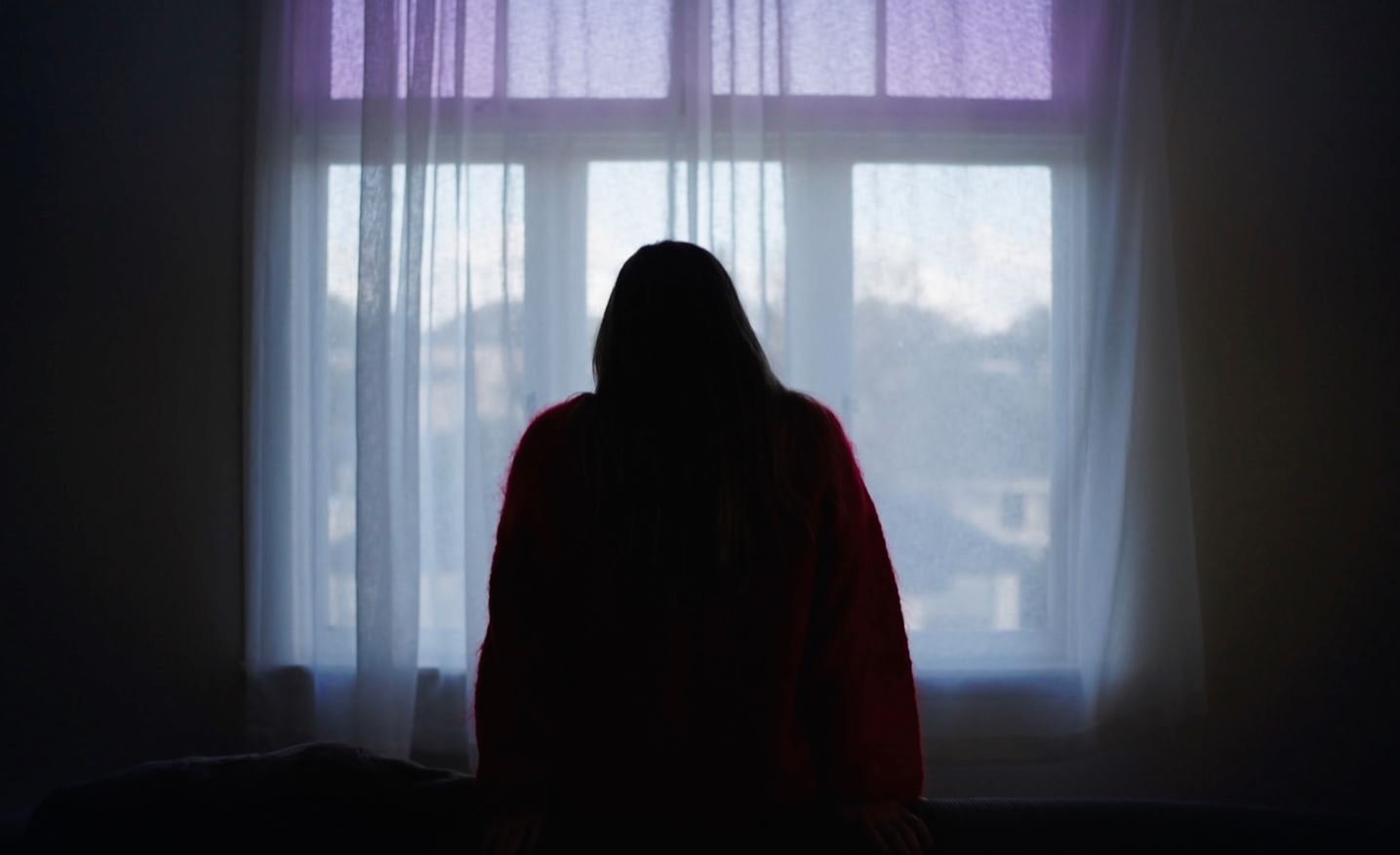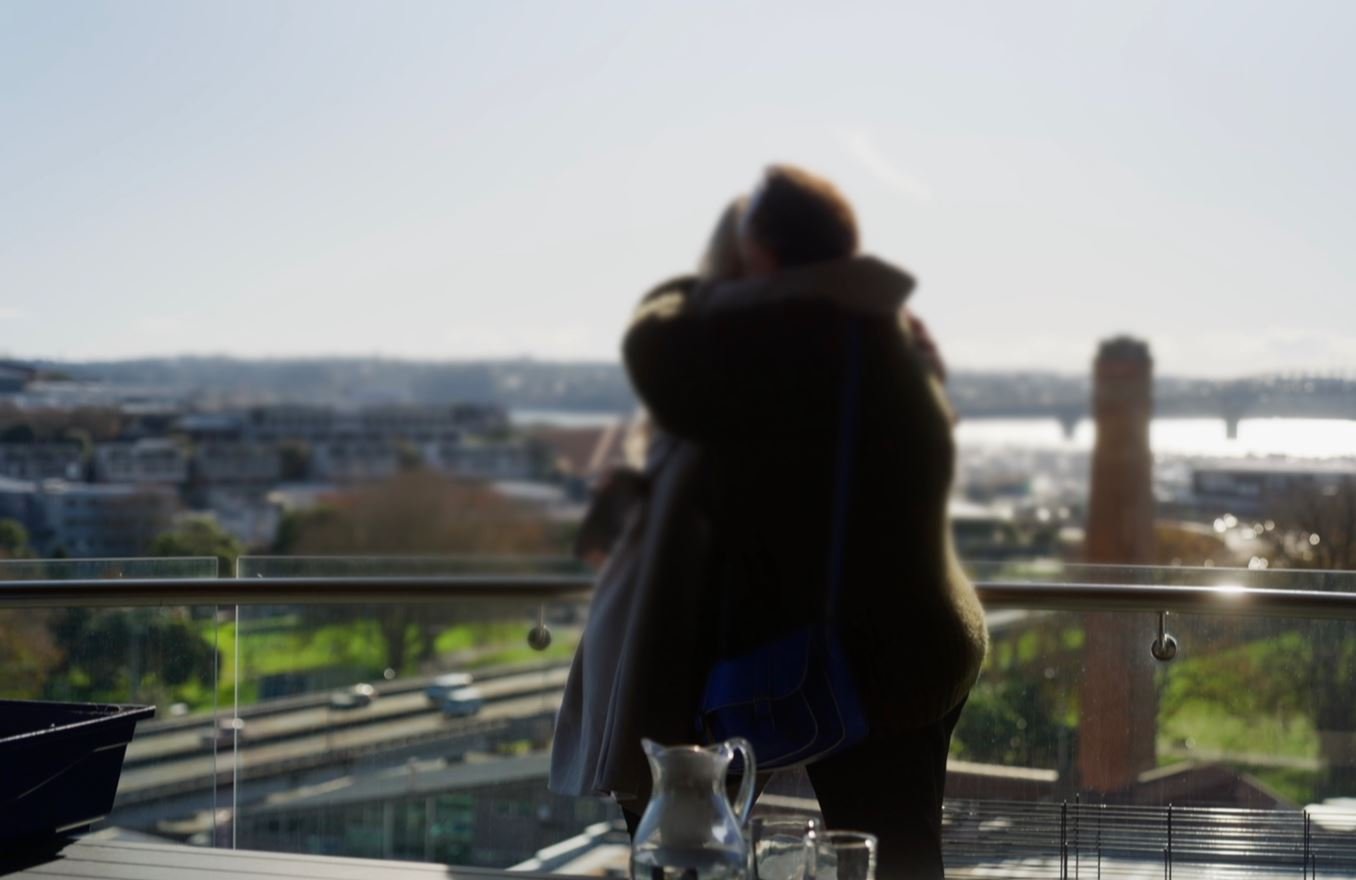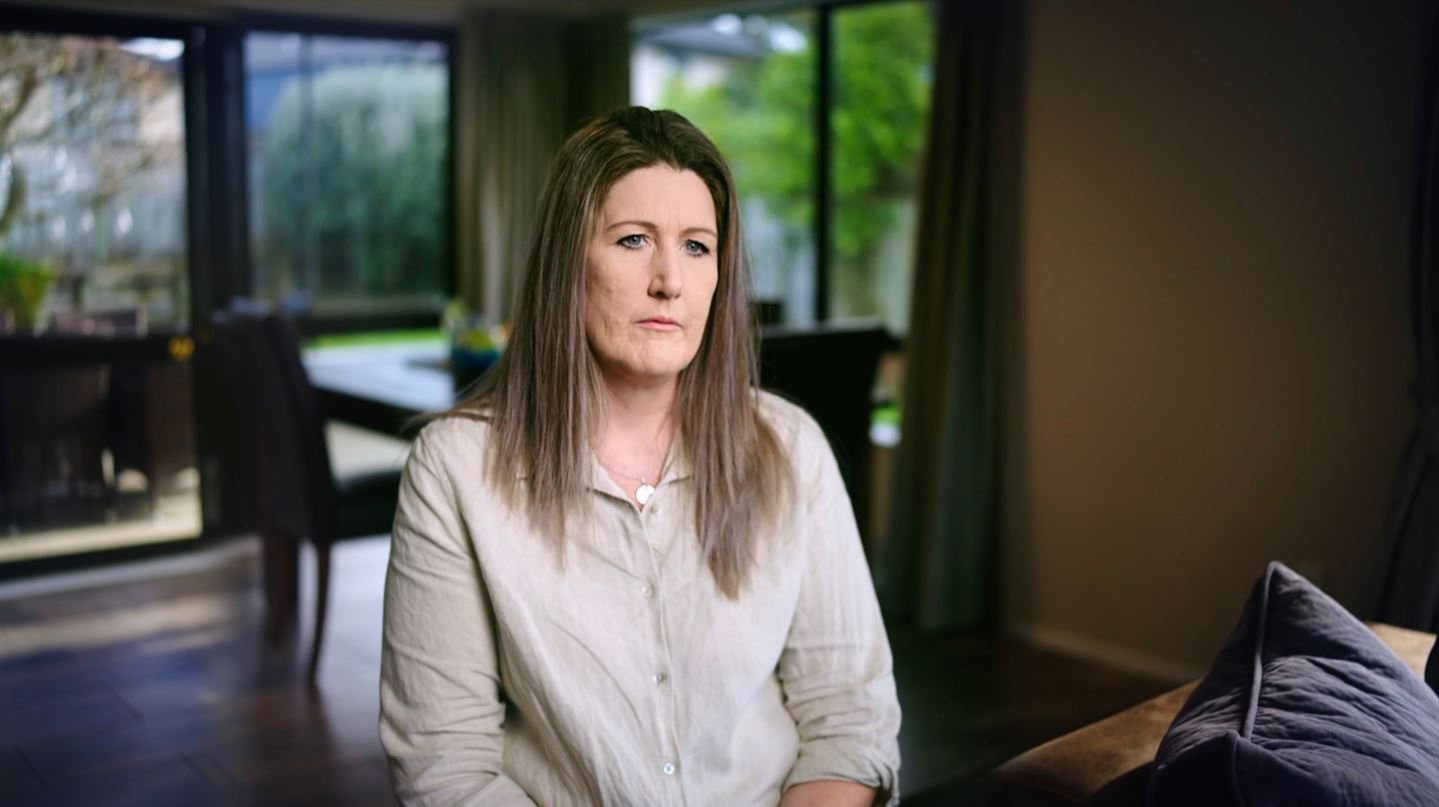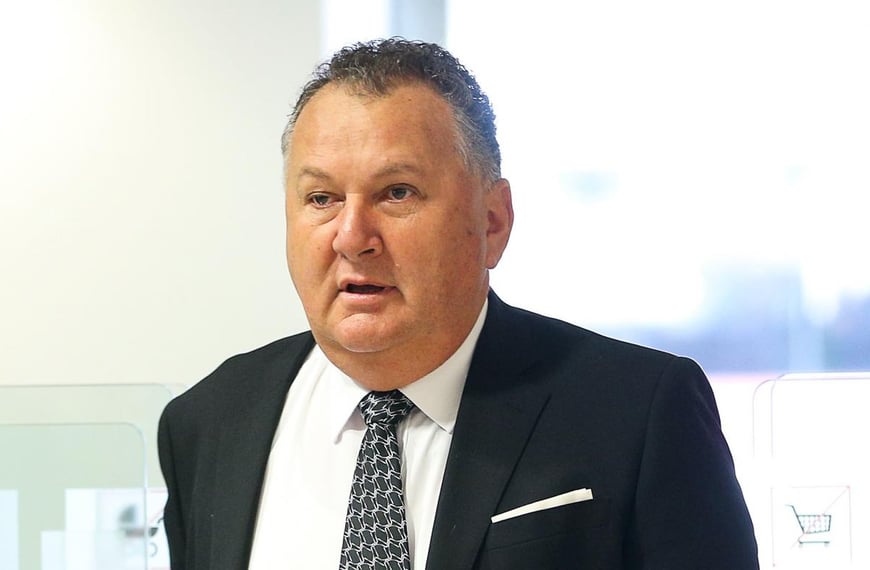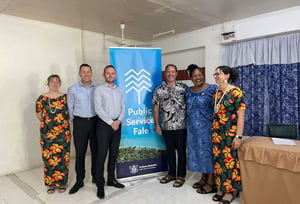Public Interest Journalism funded through NZ On Air
Hawai’i’s Volcanoes National Park is located on the ‘big island’ of Hawaii which lends its name to the island chain that has come to enthrall visitors for over two centuries.
Home to four of the island group’s five active volcanoes, including the recently-erupted Mt Kilauea, the Park saw over a million visitors in 2022.
On arriving at the rim of the crater, Park Ranger Kekoa Rosehill, who is of Hawaiian descent, pays respect to the volcanoes Mauna Loa and Kīlauea with a sacred chant.
“The whole chant is, it’s not just about this explosive and violent and traumatic experience, but it’s the growth that we have coming out of those experiences, both when it’s physical or metaphysical in our own lives,” he says.
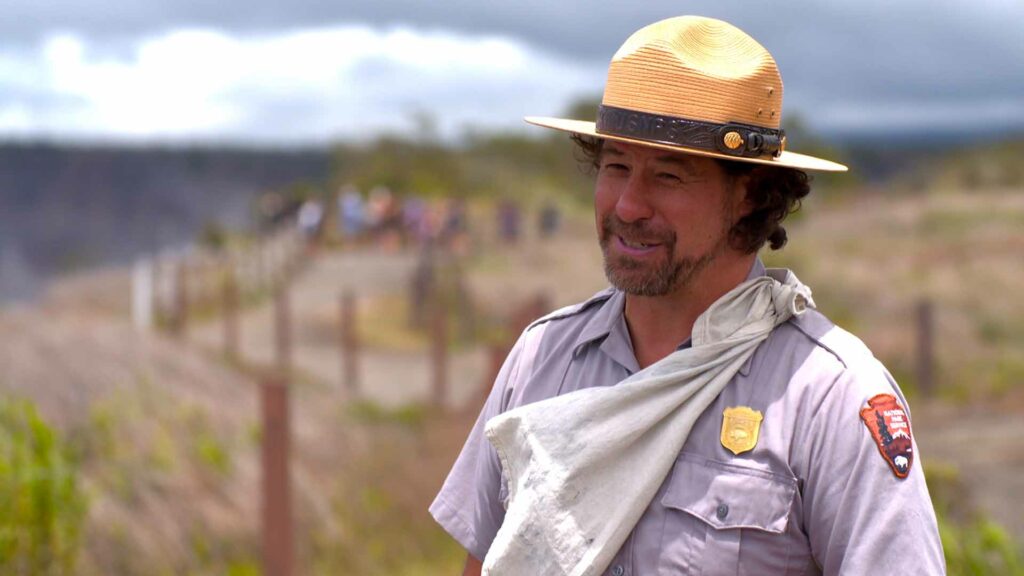
The ex-Marine has fond memories as a youngster of visiting the park with his grandfather and now, he’s a ranger here.
“One of the big things that we do with our job is we’re going around and we’re making sure that people are having an enjoyable time and we’re having a safe time here as you can imagine, we are on one of the world’s most active volcanoes and being on one of the world’s most active volcanoes, there’s a lot of hazards.”
It takes under an hour to fly from Oahu to Hilo, on the “Big Island”. Mauna Loa is the largest Volcano on earth while Kīlauea is the most active.
“There’s a solid rock crust on the surface, but it’s still got a lot of liquid in there and it’s still a lava lake.
“The place that we’re standing right now, this is Wahine kapu, Divine Hawaiian Women. This is on the rim of Kīlauea Caldera.
“Right here we are on the rim looking into Kīlauea, Pele and then in the deepest part, that’s where you have Halemaʻumaʻu crater,” says Ranger Kekoa.

Pele is the revered goddess of Hawaii’s volcanoes whose mana is still felt today throughout these islands.
“Mauna Loa is many, many times bigger than Kīlauea’s. It’s a lot older volcano. It has a much larger magma reservoir on it. This islands actually made out of five volcanoes, all in different life stages.”
“Kīlauea is really it’s the one that’s the most active. It’s the ones that Hawaiians really connected to when they got here. that birthing of land, a lot of times this is where we see it and everybody has seen it here during,” he says.

Below at ground level work is being done to preserve and save the National Park.
The Summit Rainforest Restoration Volunteer Program is led by Paul and Jane Field.
“We do it because those invasive plants, if they are allowed, if they are left untreated, will destroy the natural environment. So, there are a number of them, Ginger is one of the top five,” Jane says.
“But if we don’t come back and treat it with an herbicide and then come back in another couple of years and do it again, it’s an invasive it’s a weed, it’s always going to be here.”
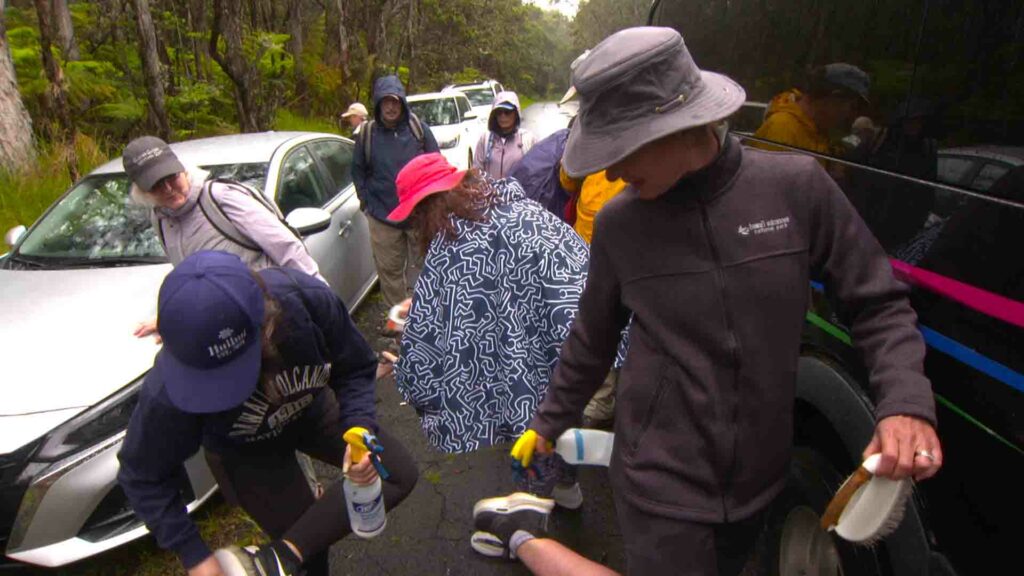
Many volunteers like 19-year-old Hawaiian Heidi Vidal, give up their weekends to cut away the Himalayan ginger that is strangling the native plants.
“By being out here feeling the wind, hearing the birds, cutting, invasive plants, I learn about a lot of native trees, and it’s like being in my own backyard,” Heidi says.
“Everywhere on this island is basically home to me. So being out here in this particular spot, it really helps me connect, feel closer.”

